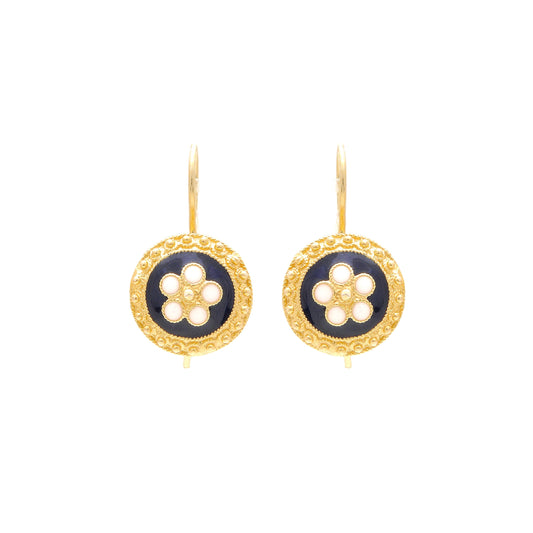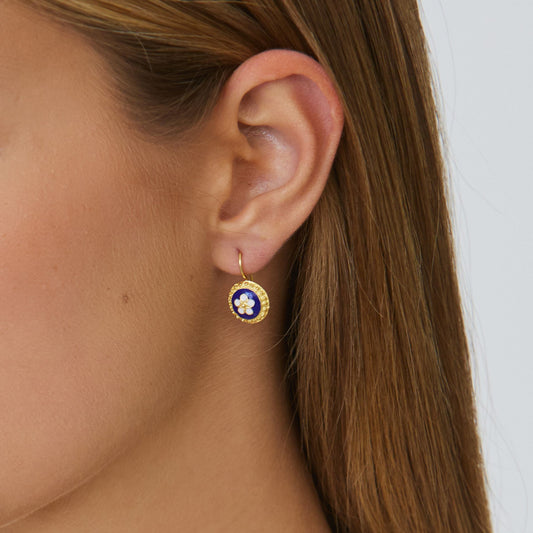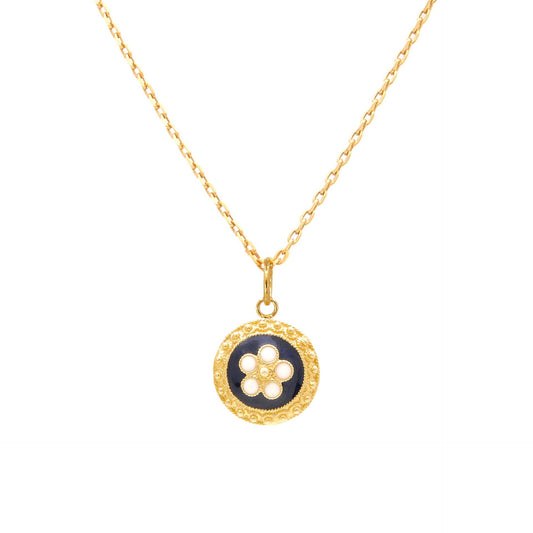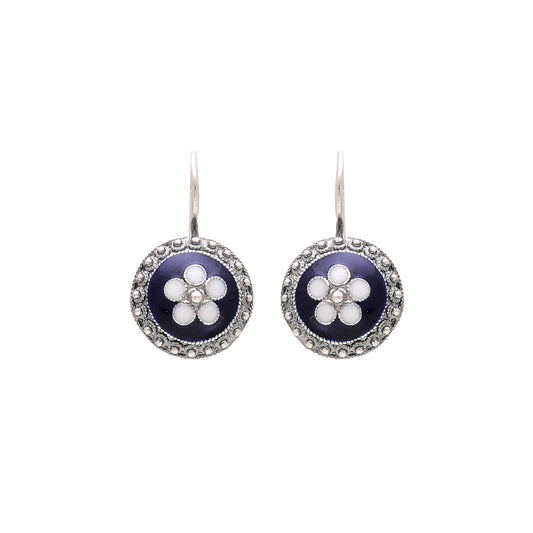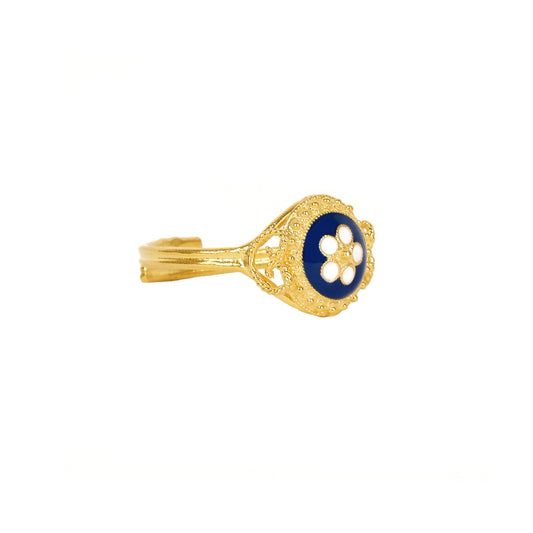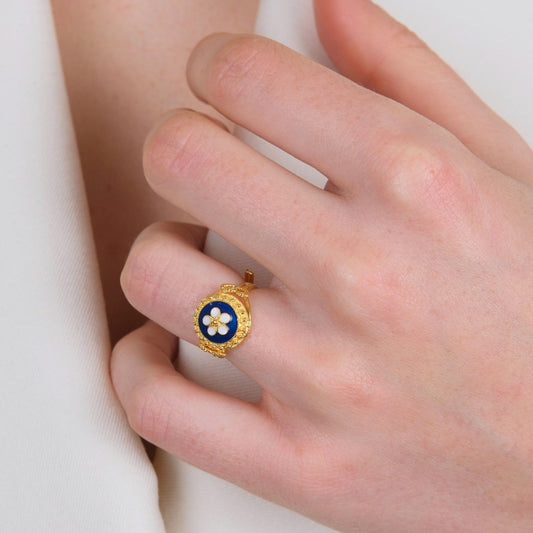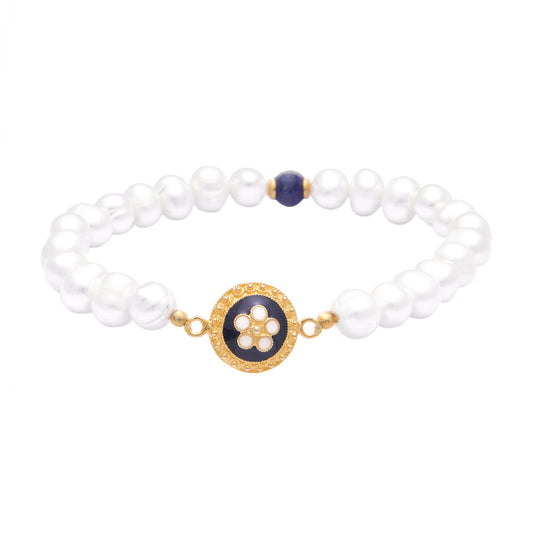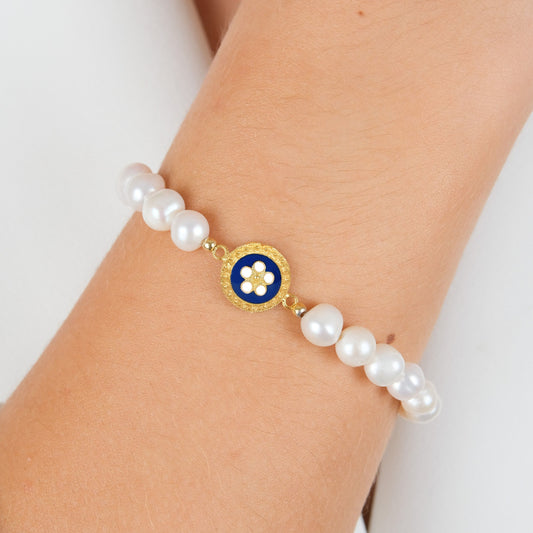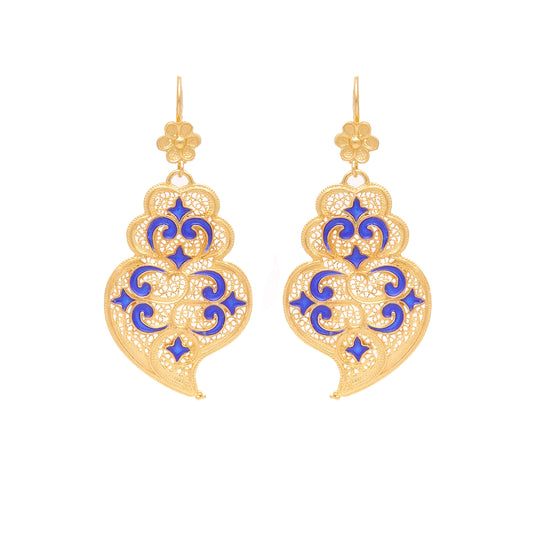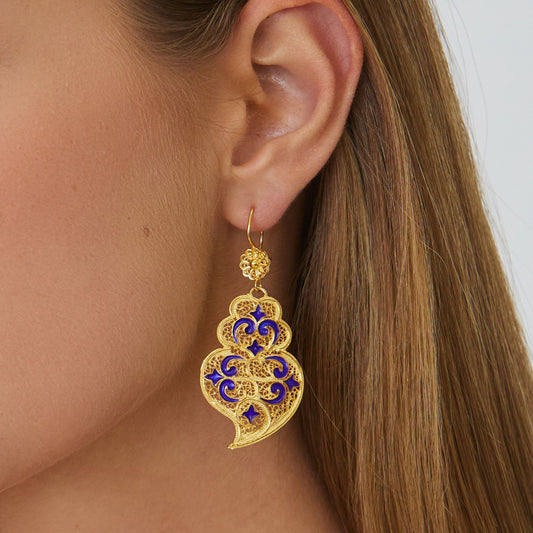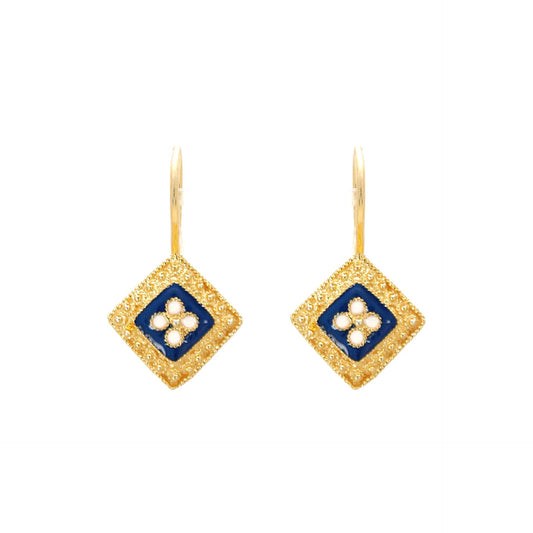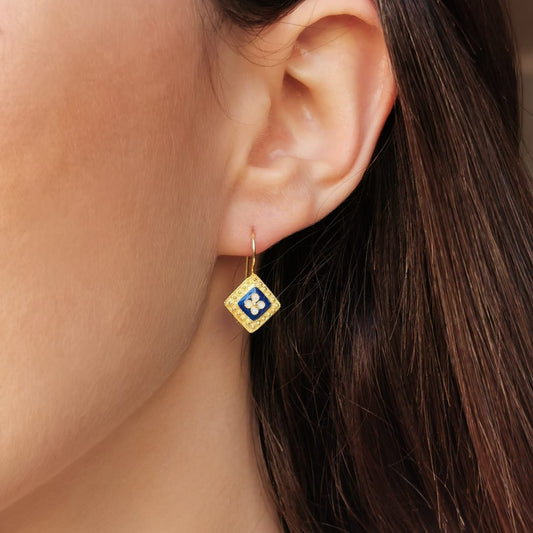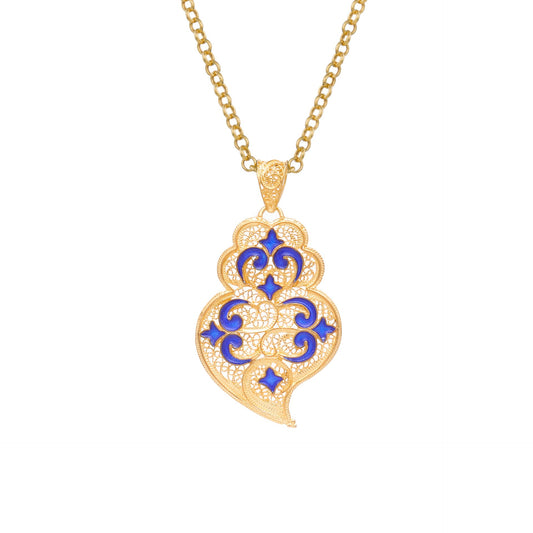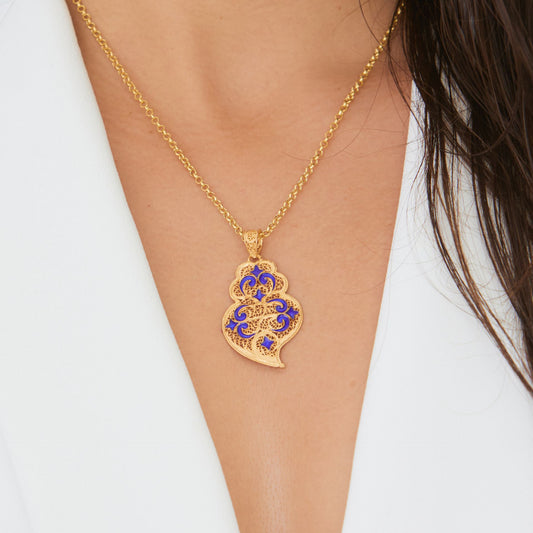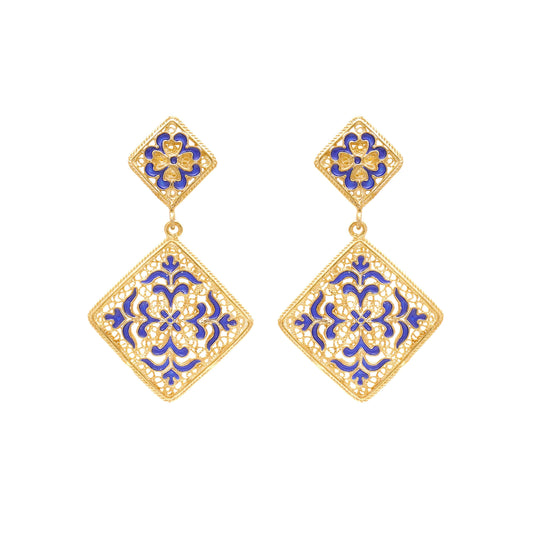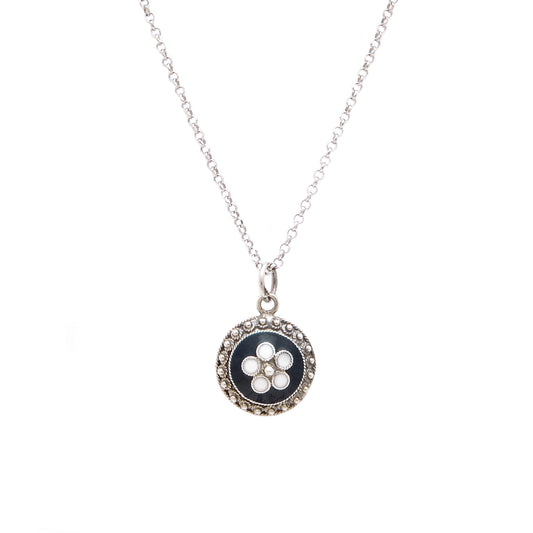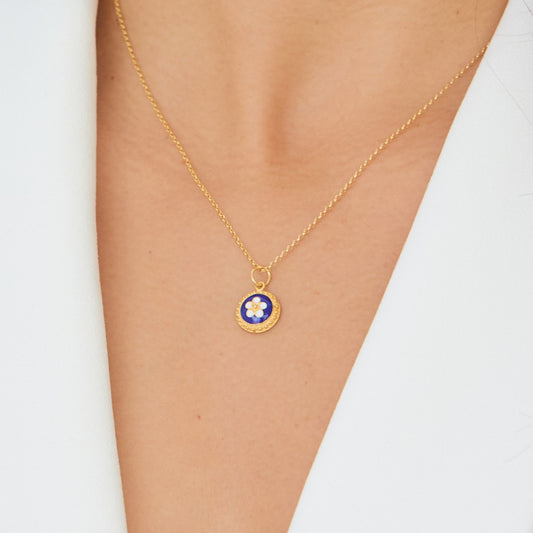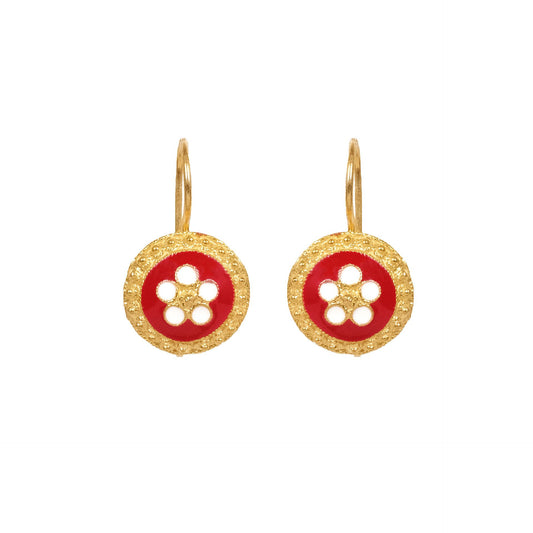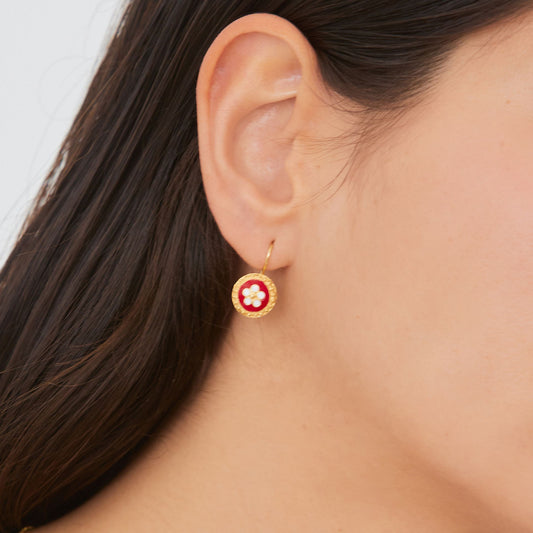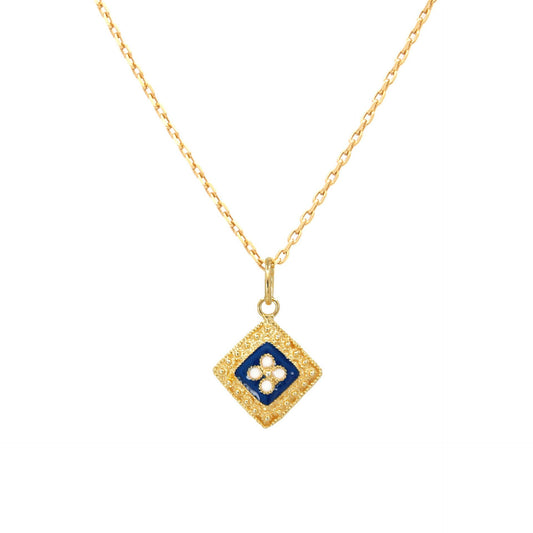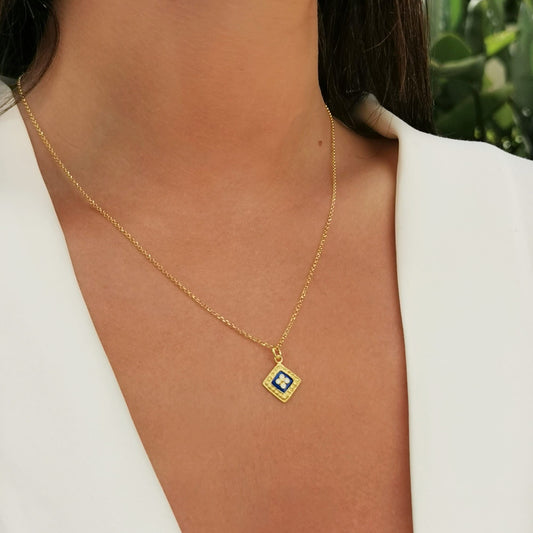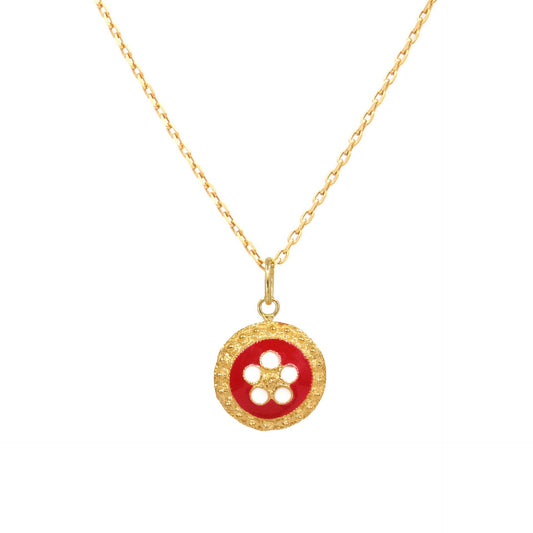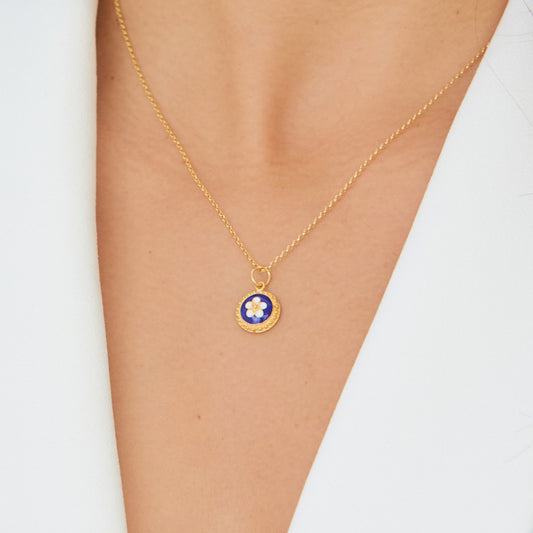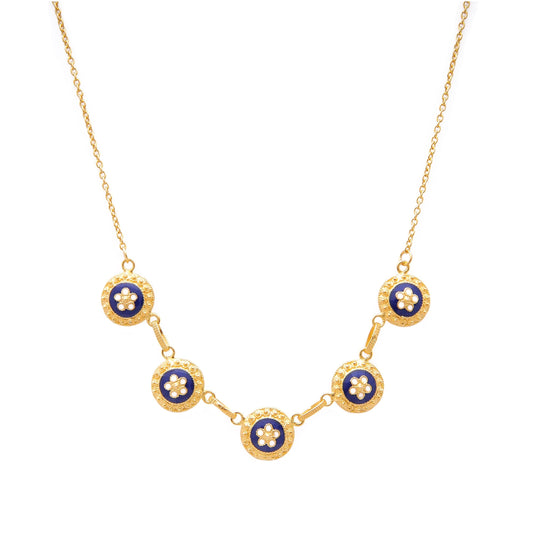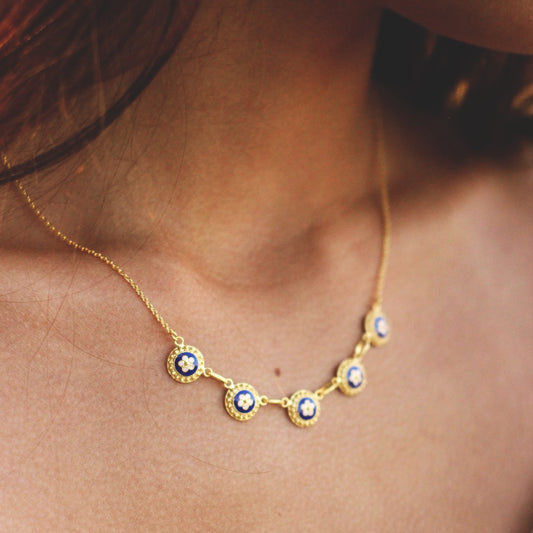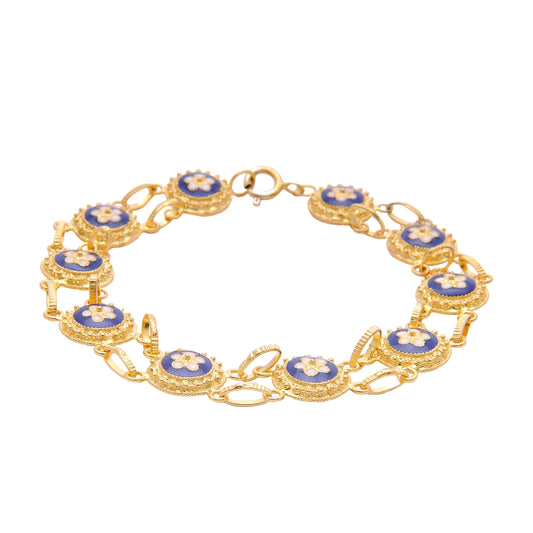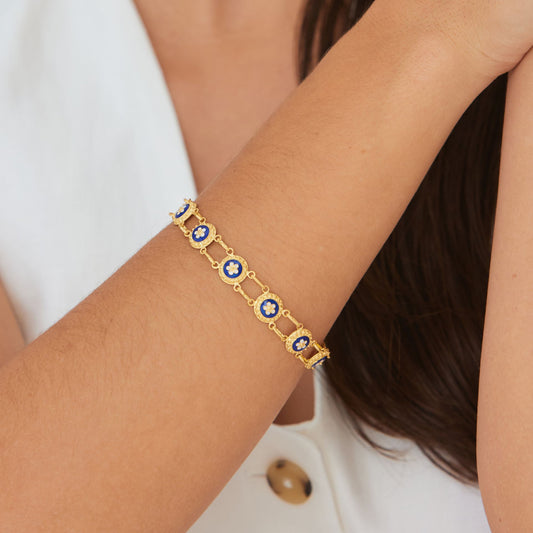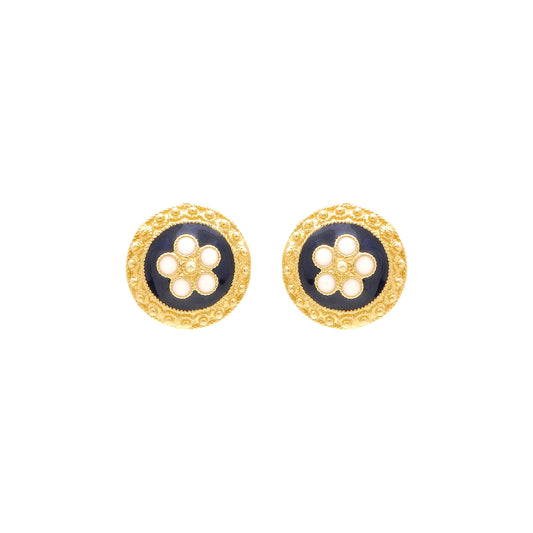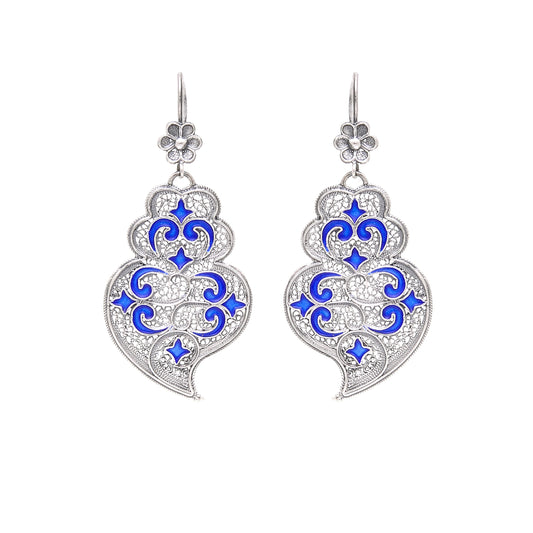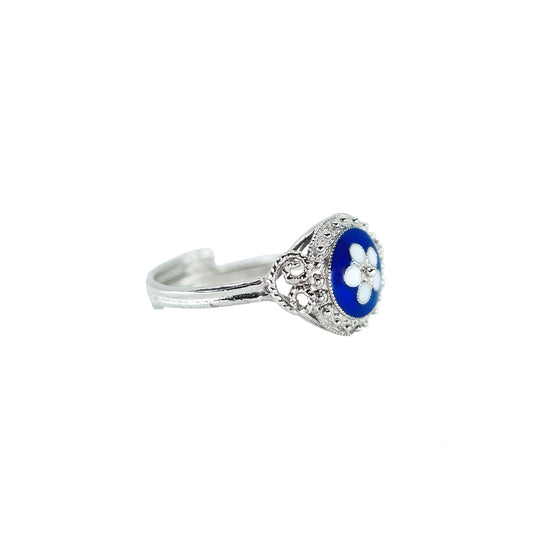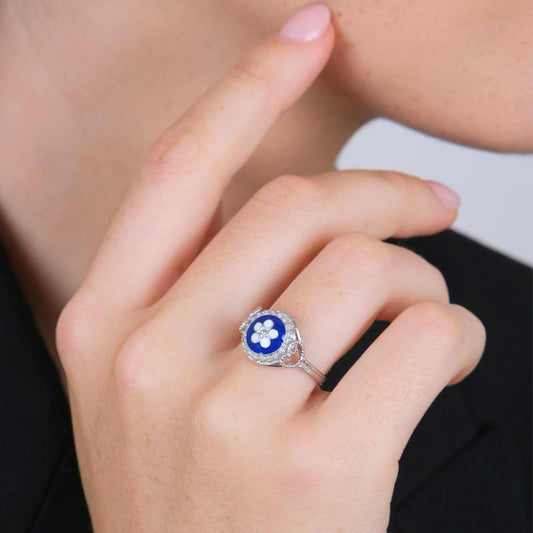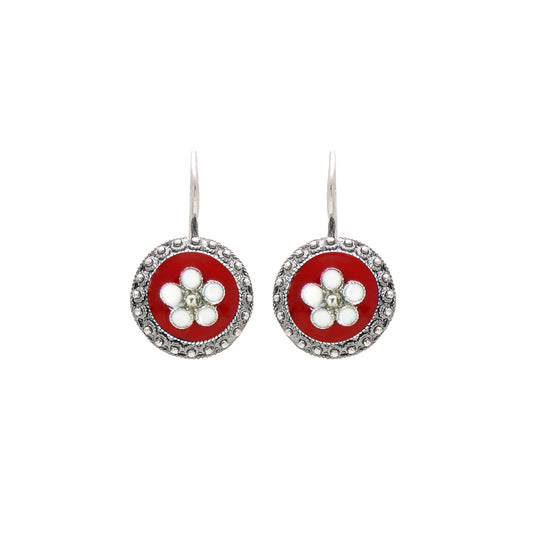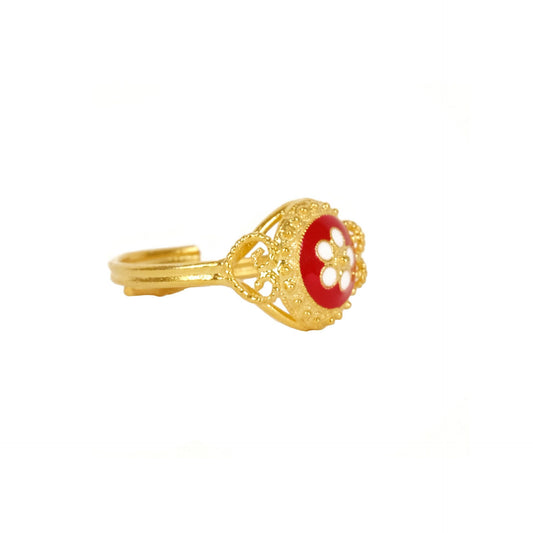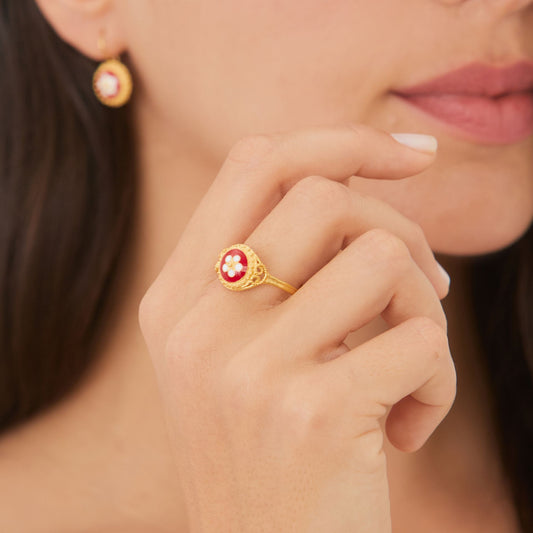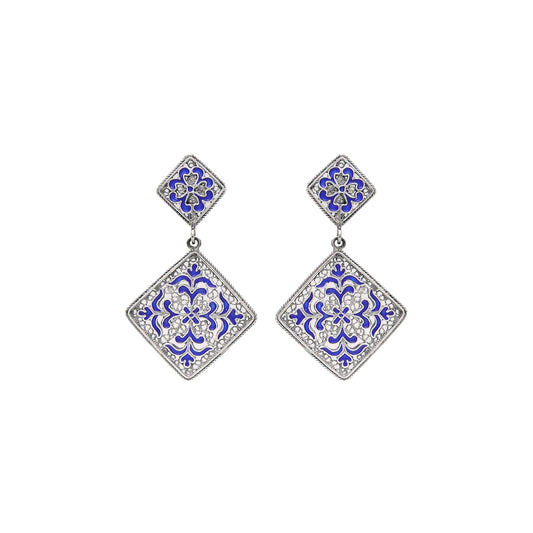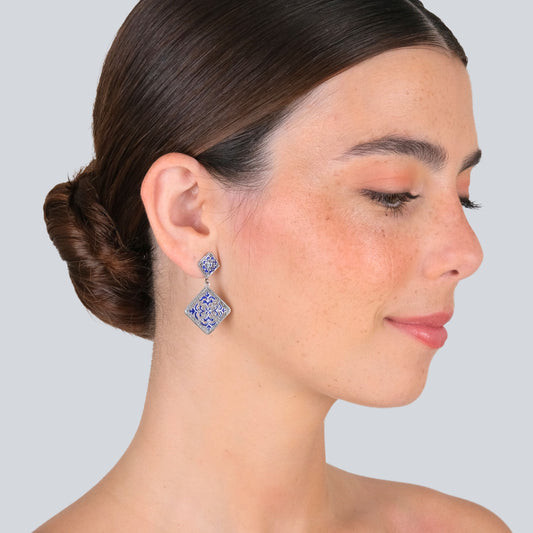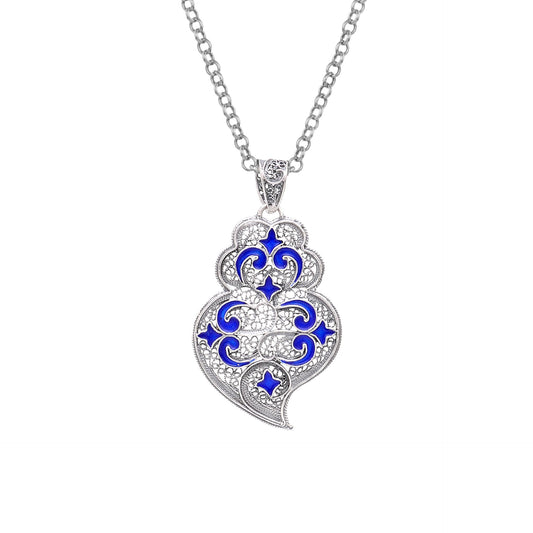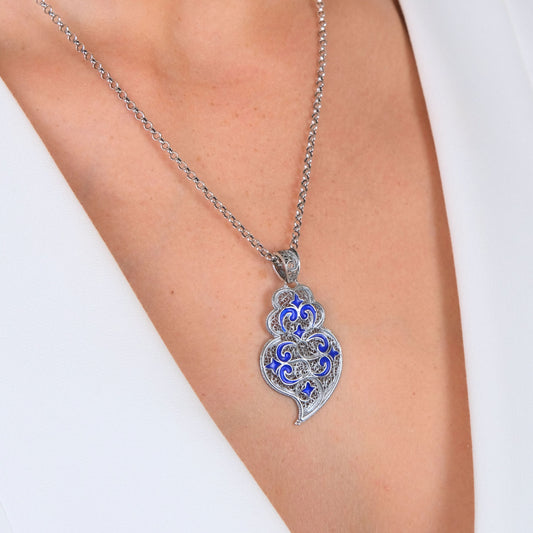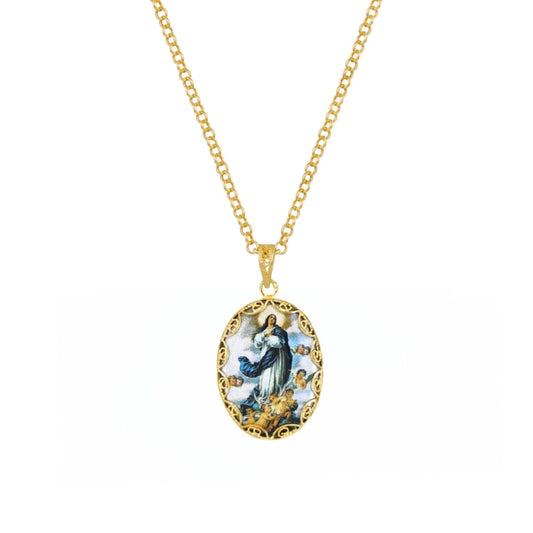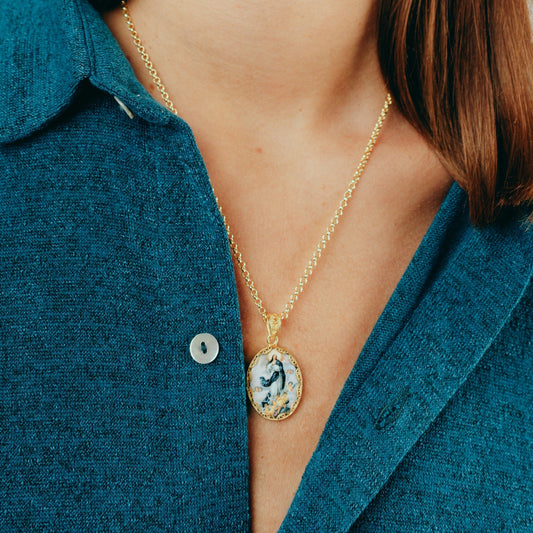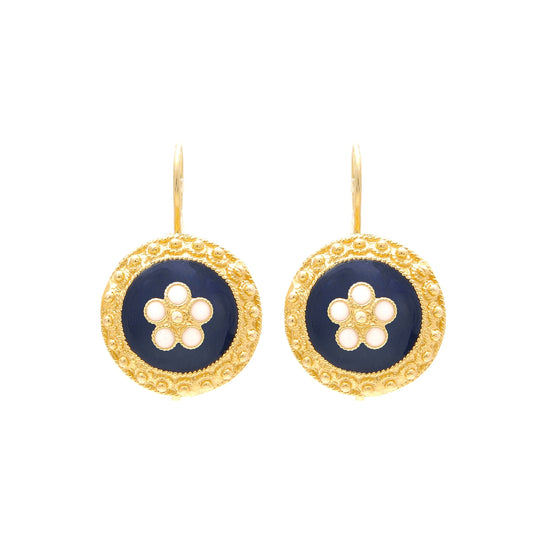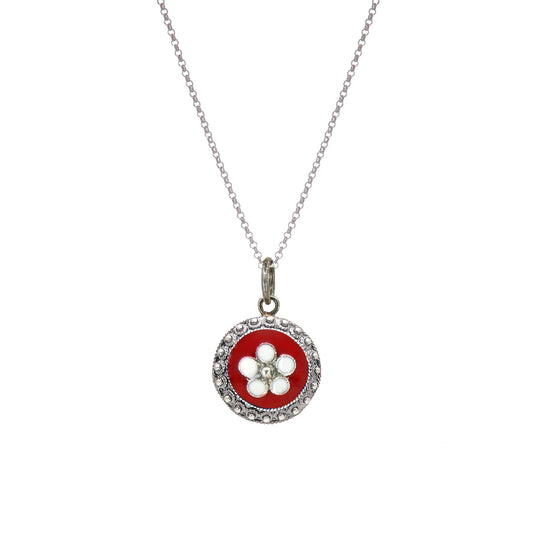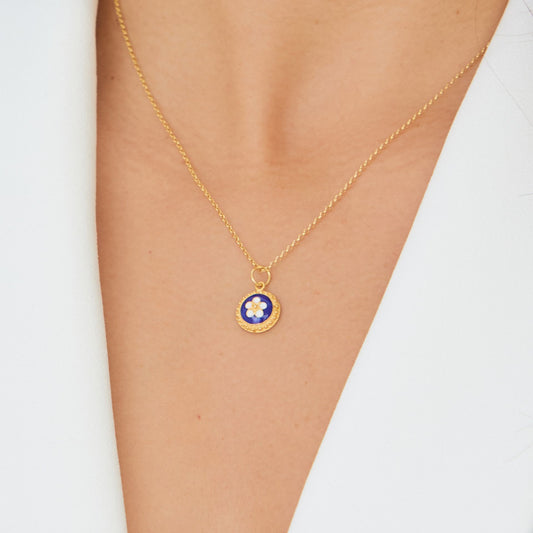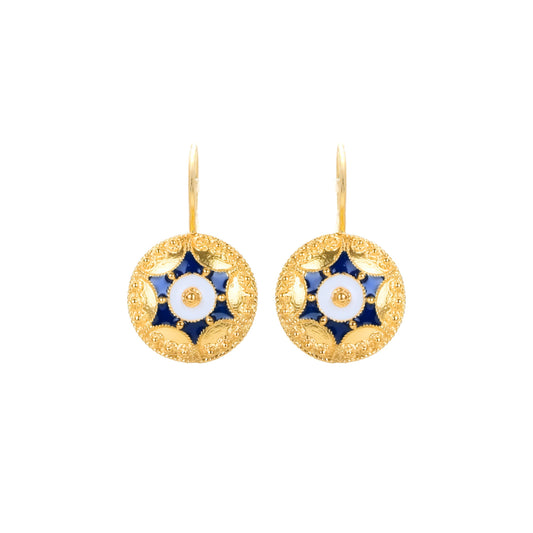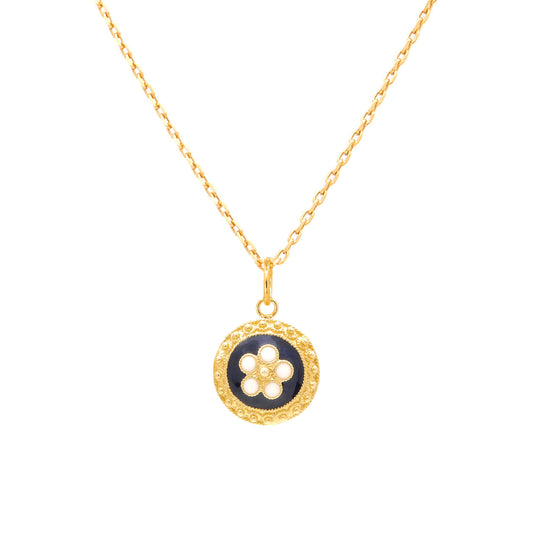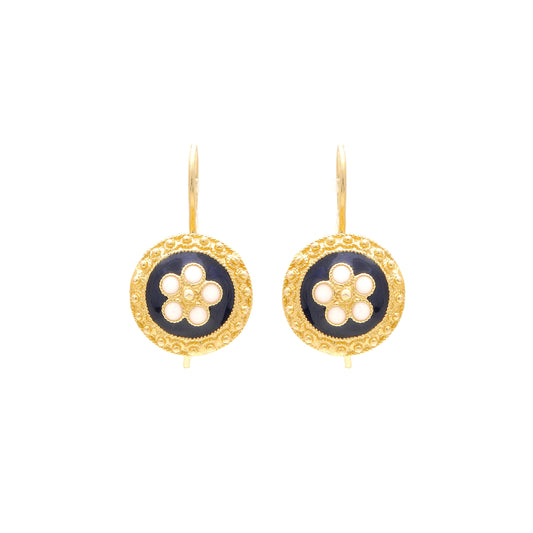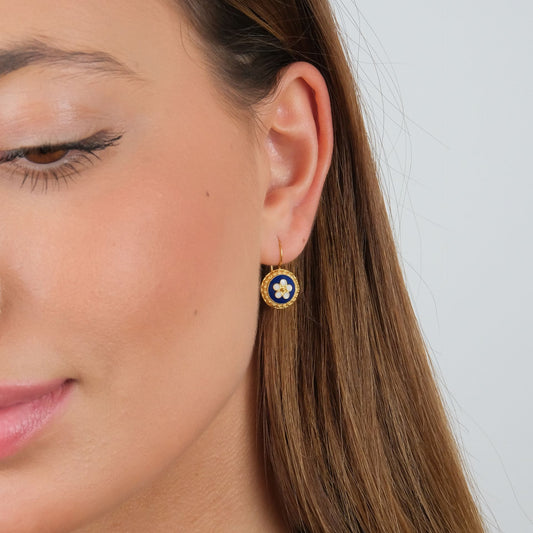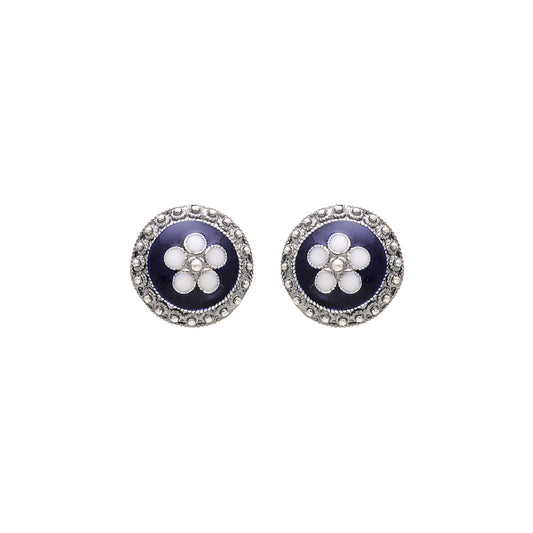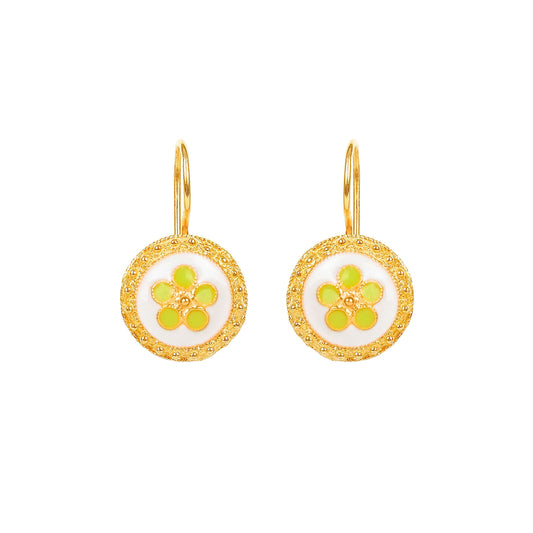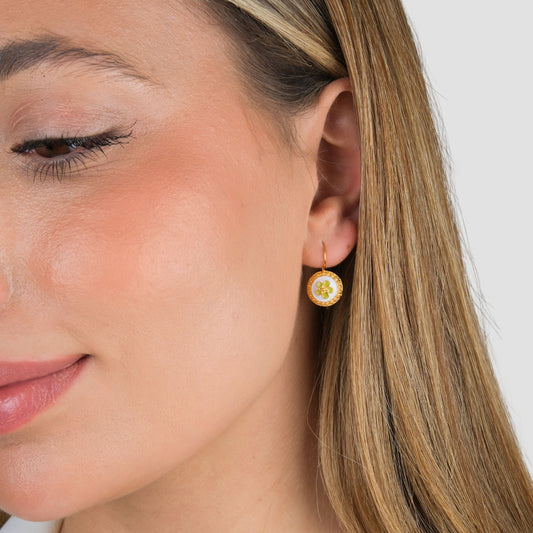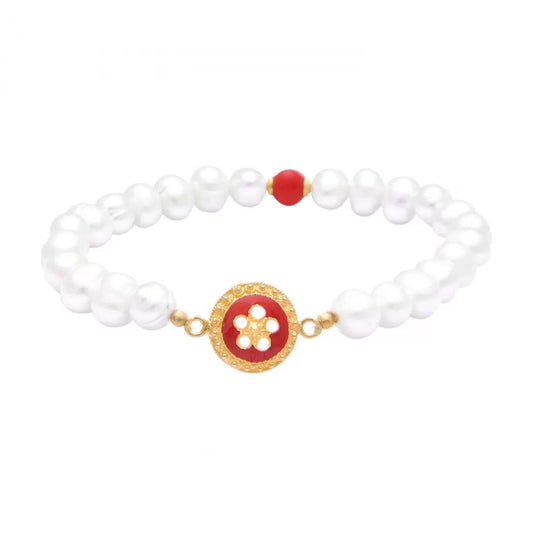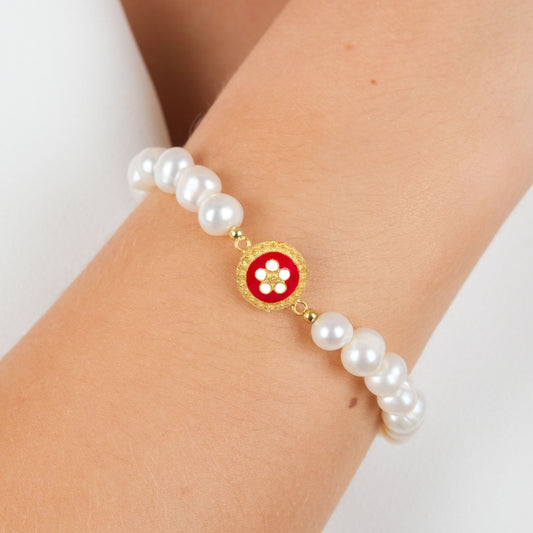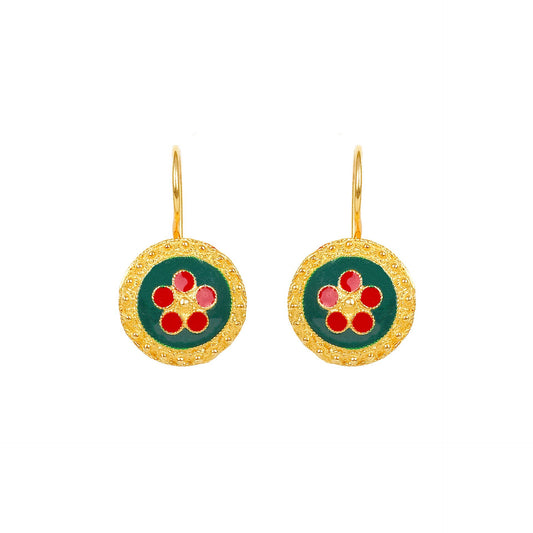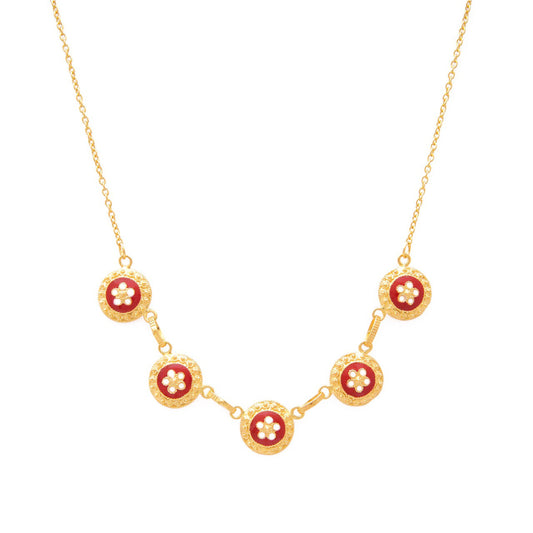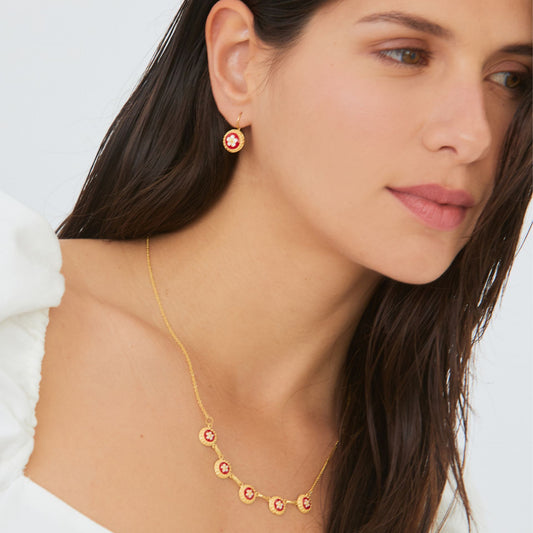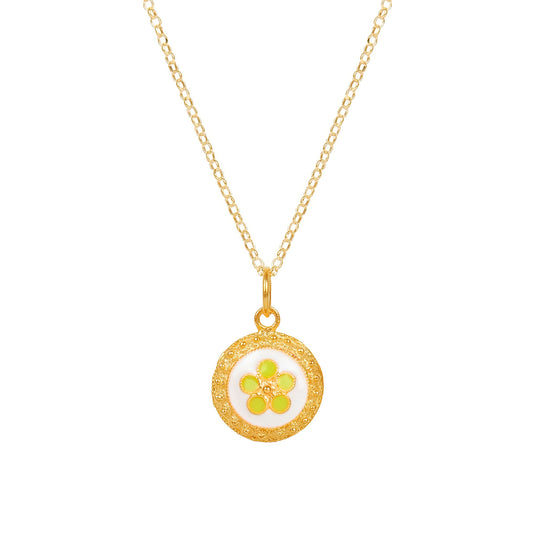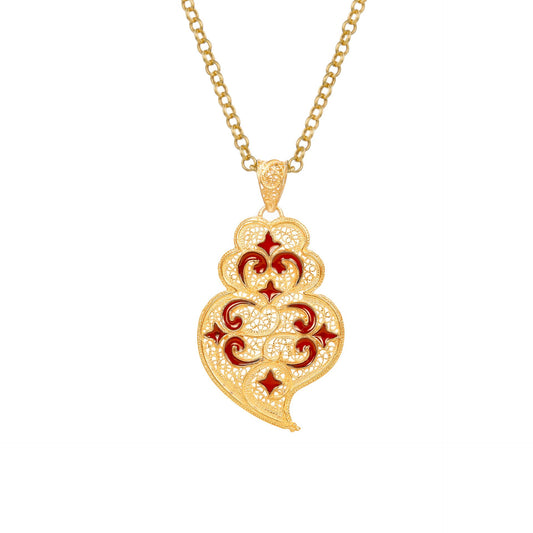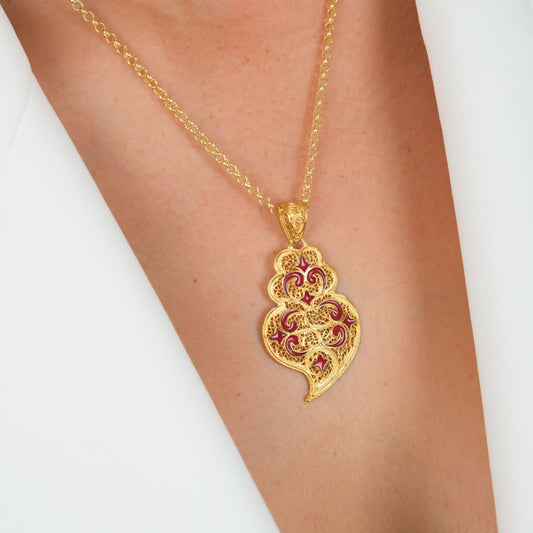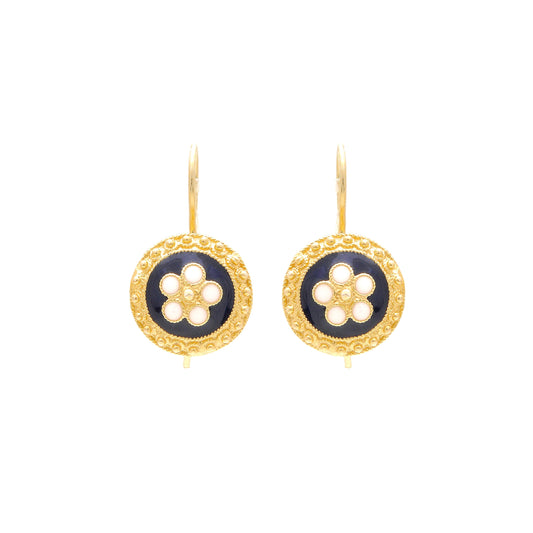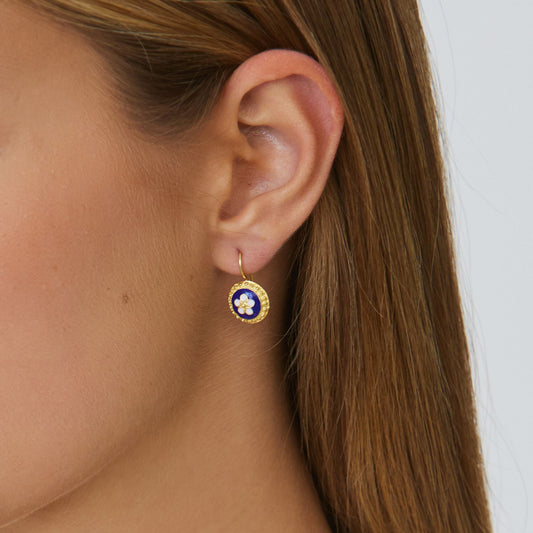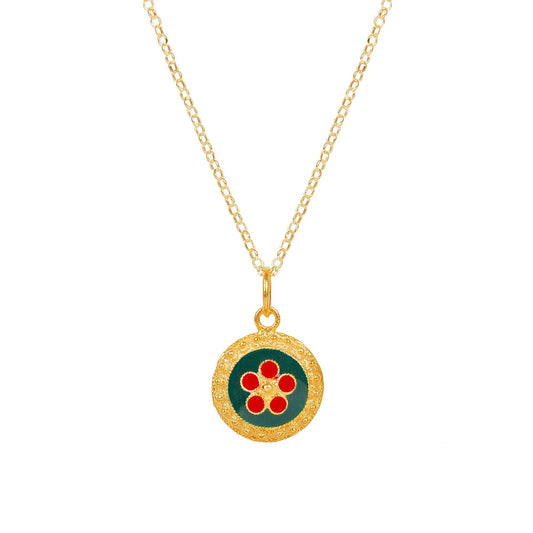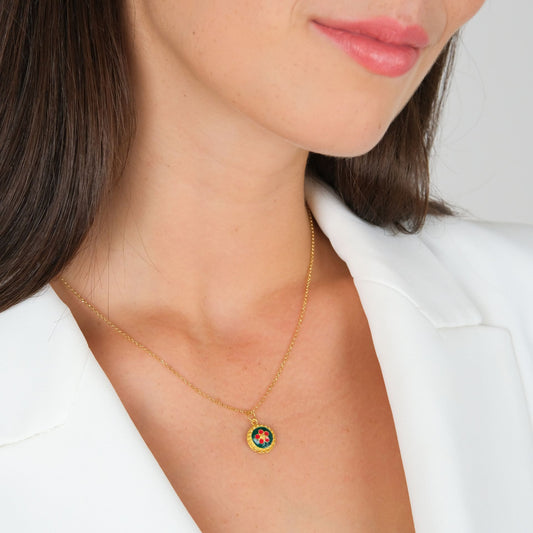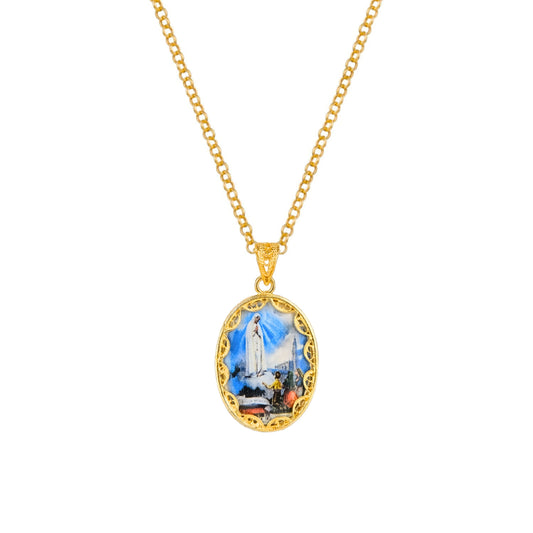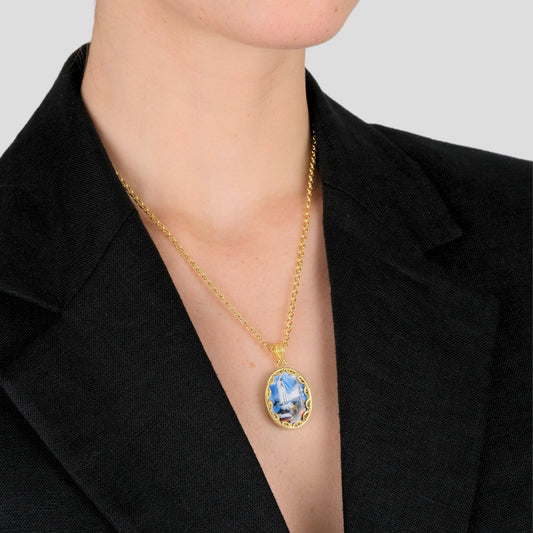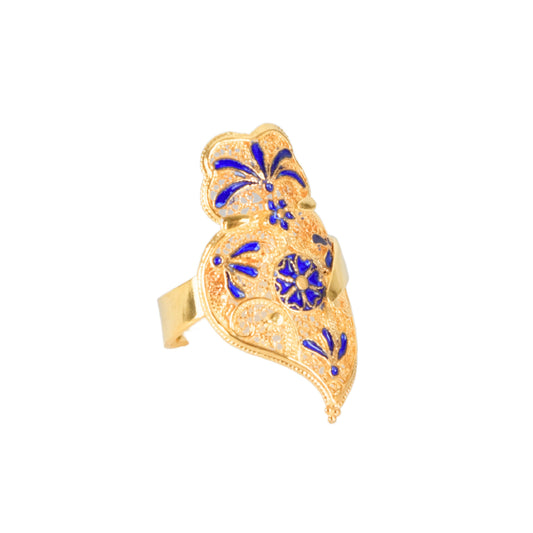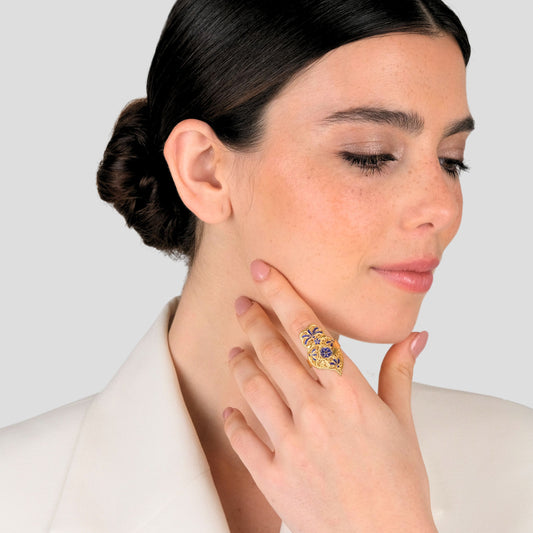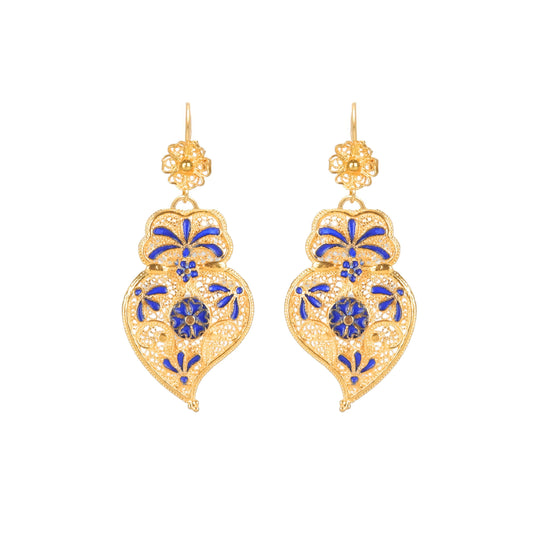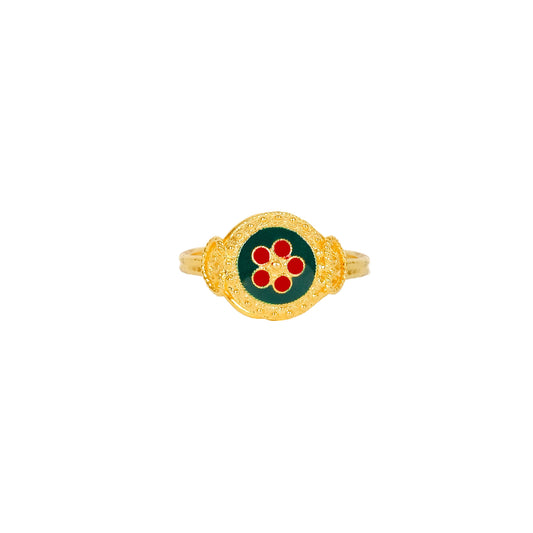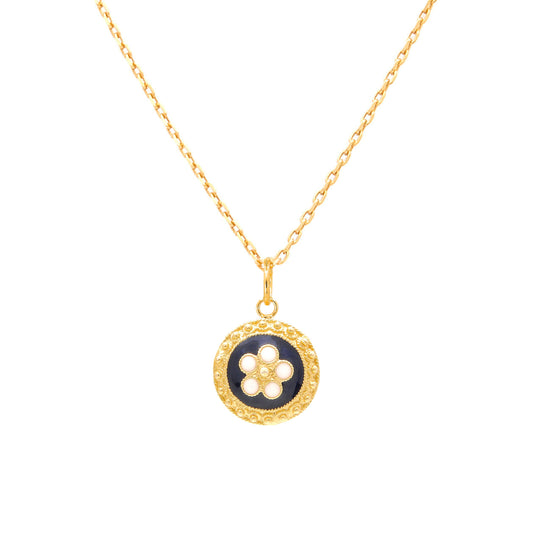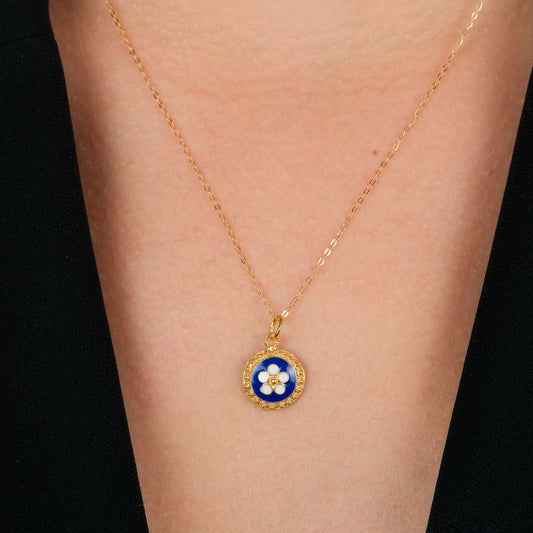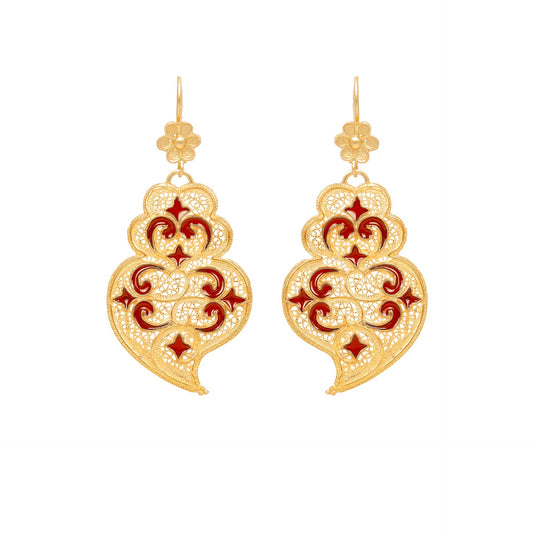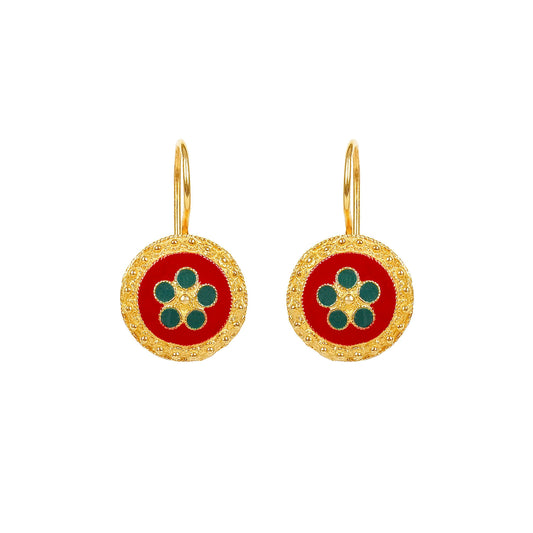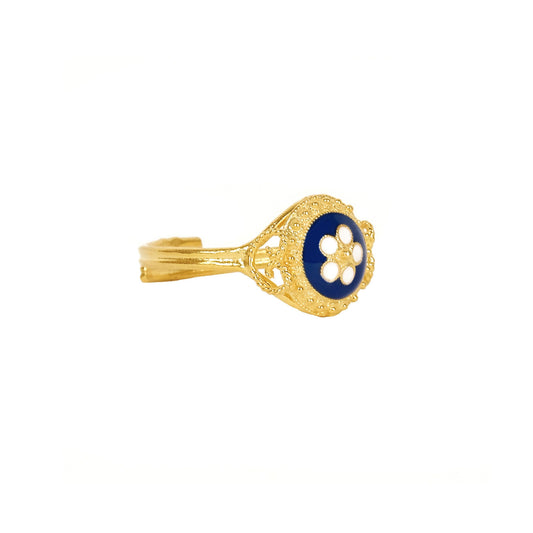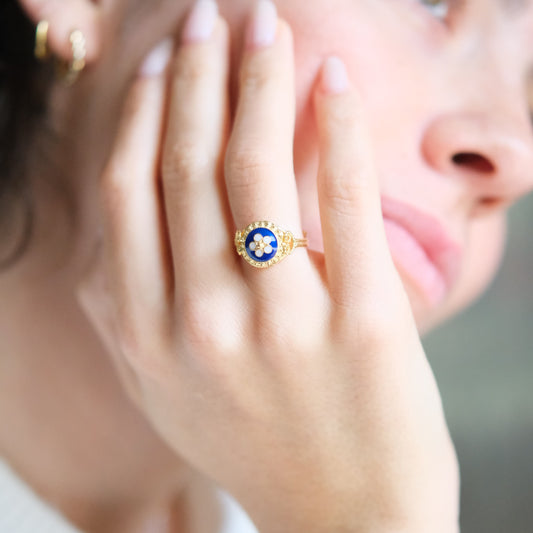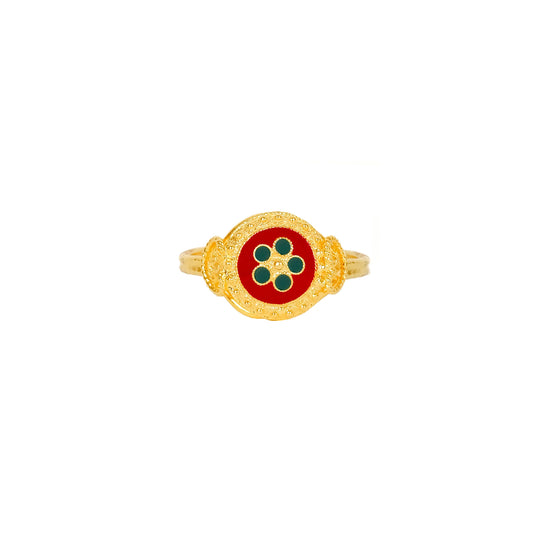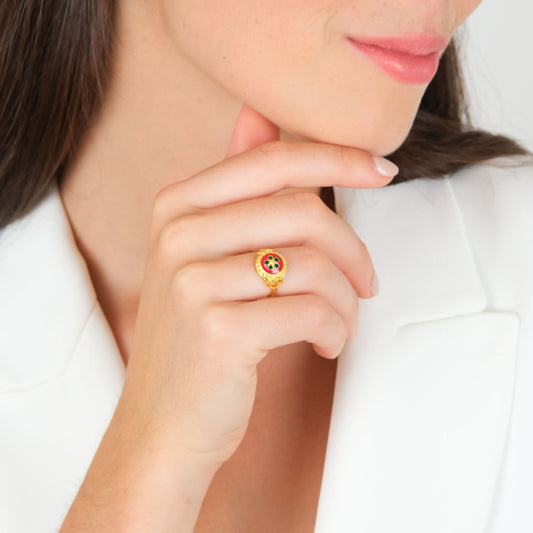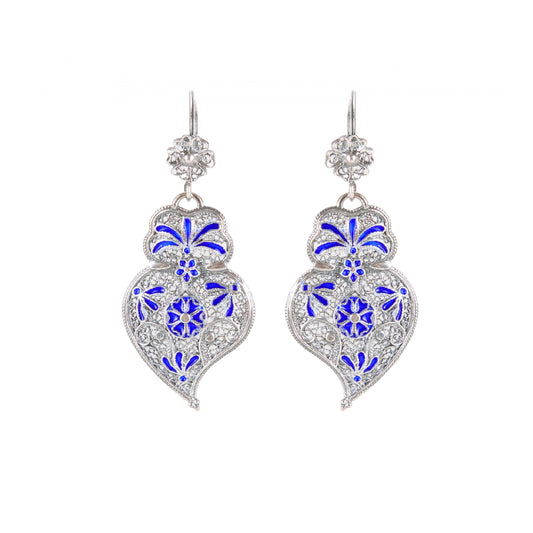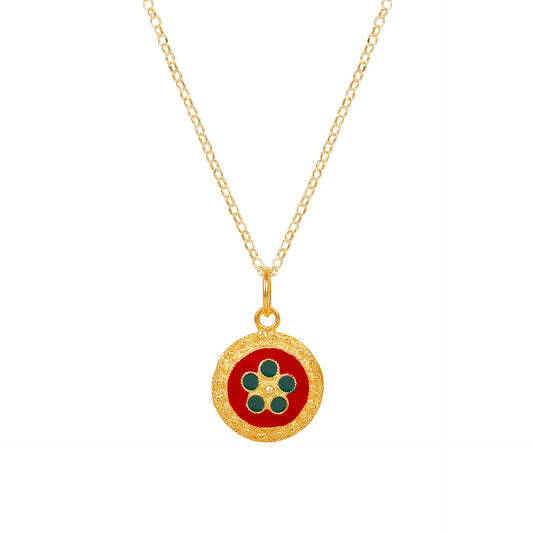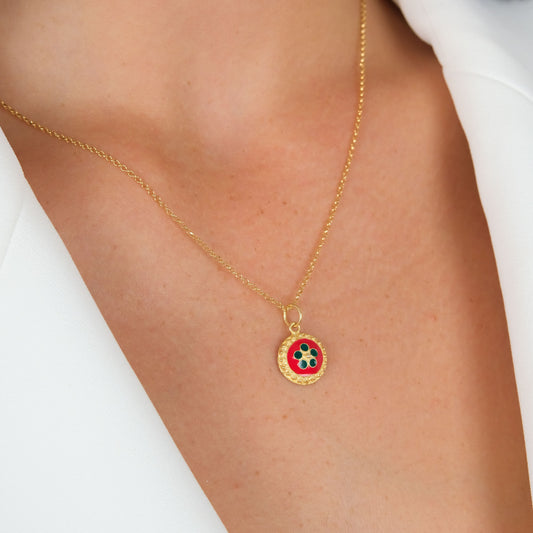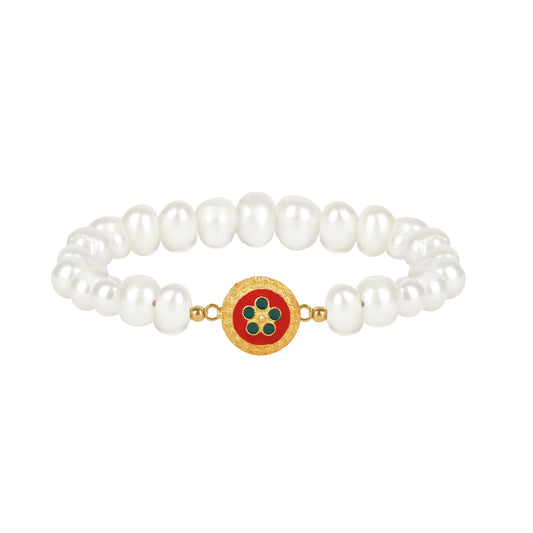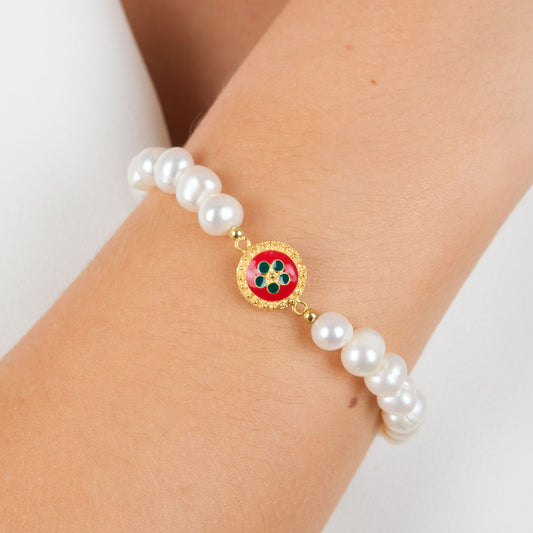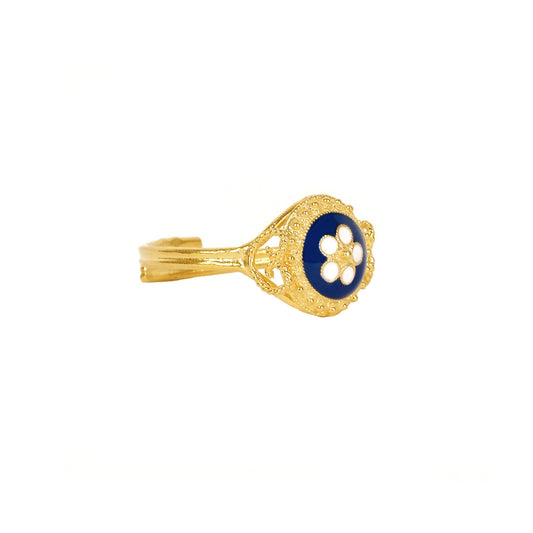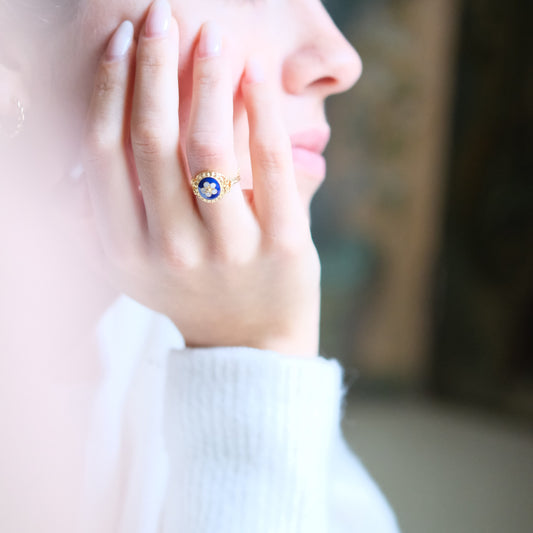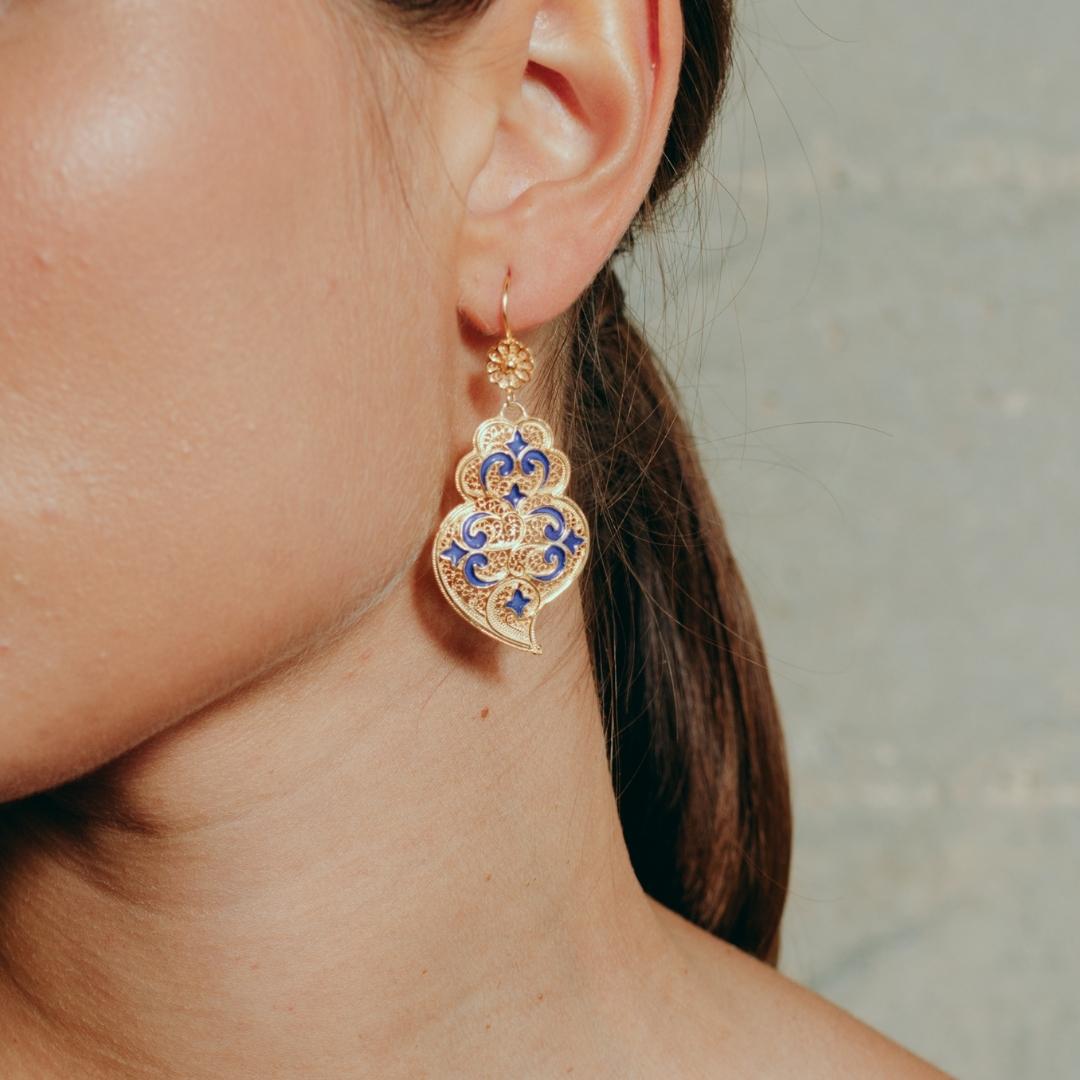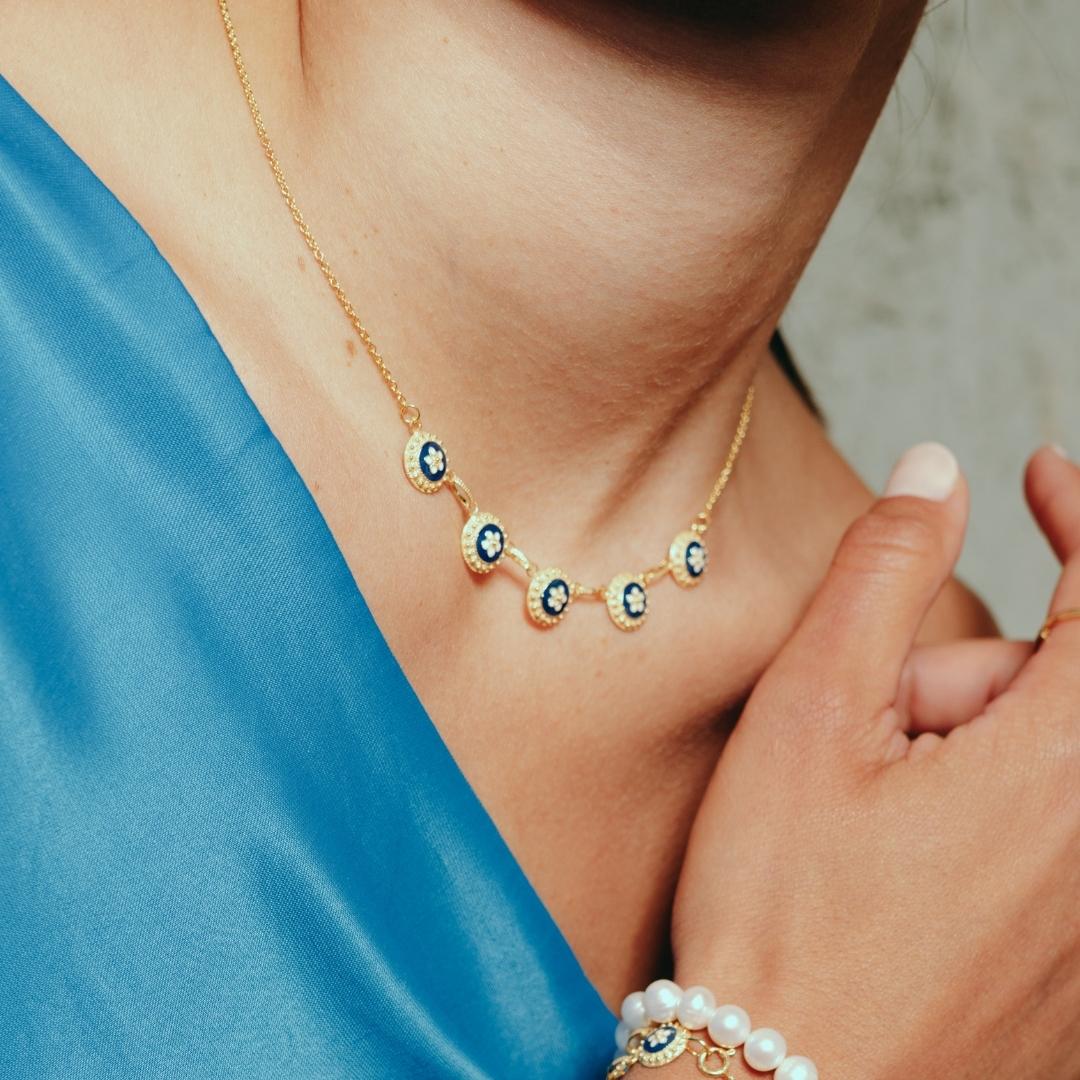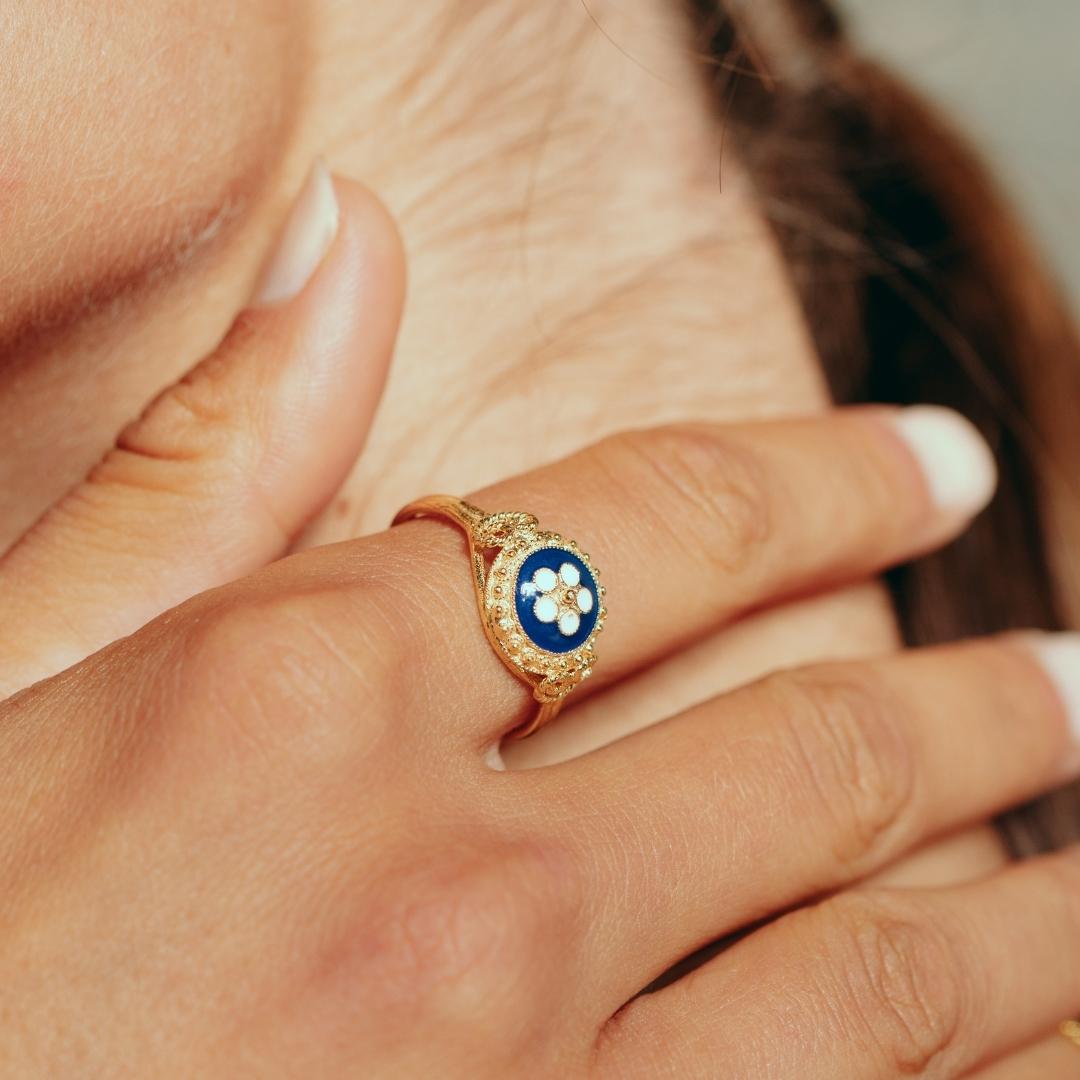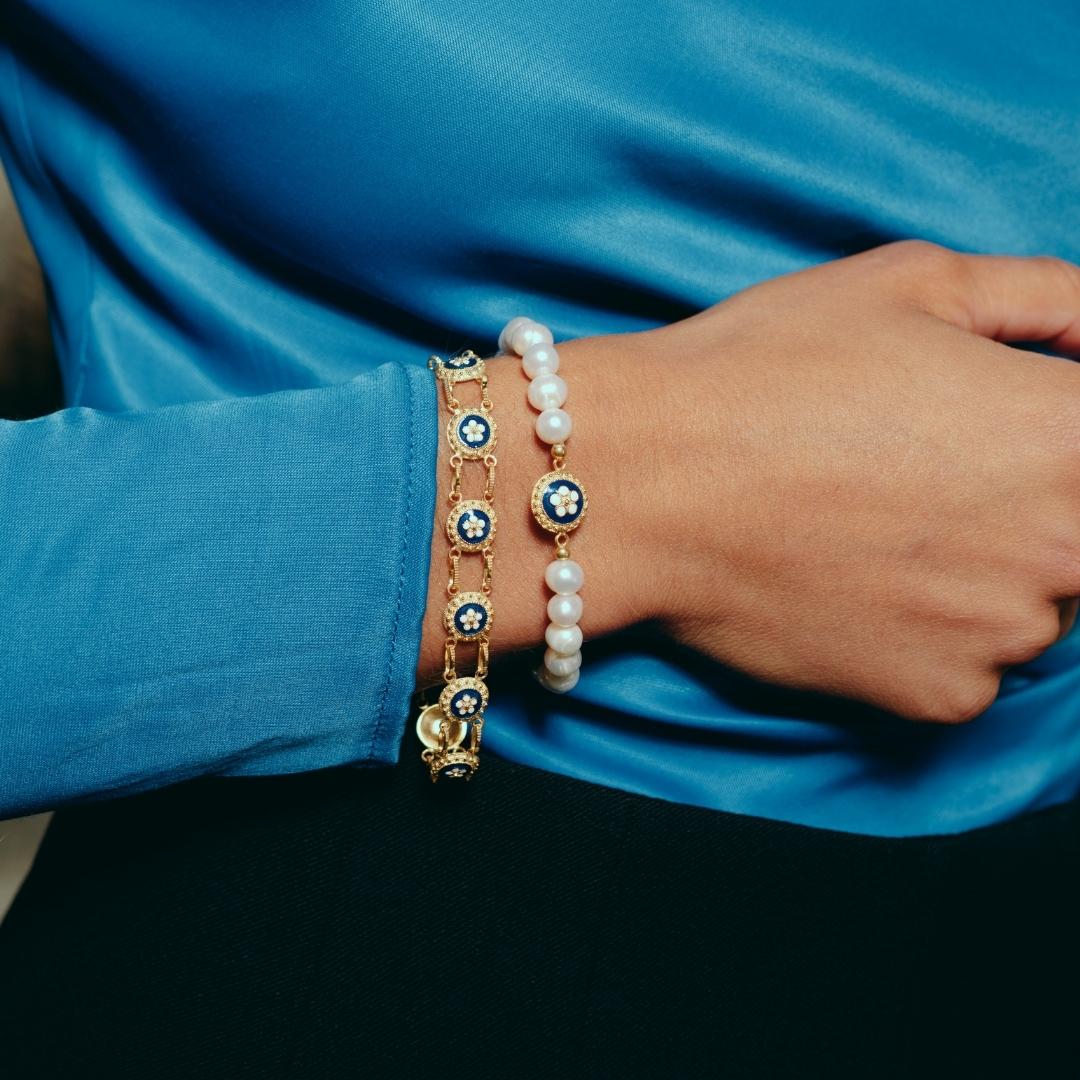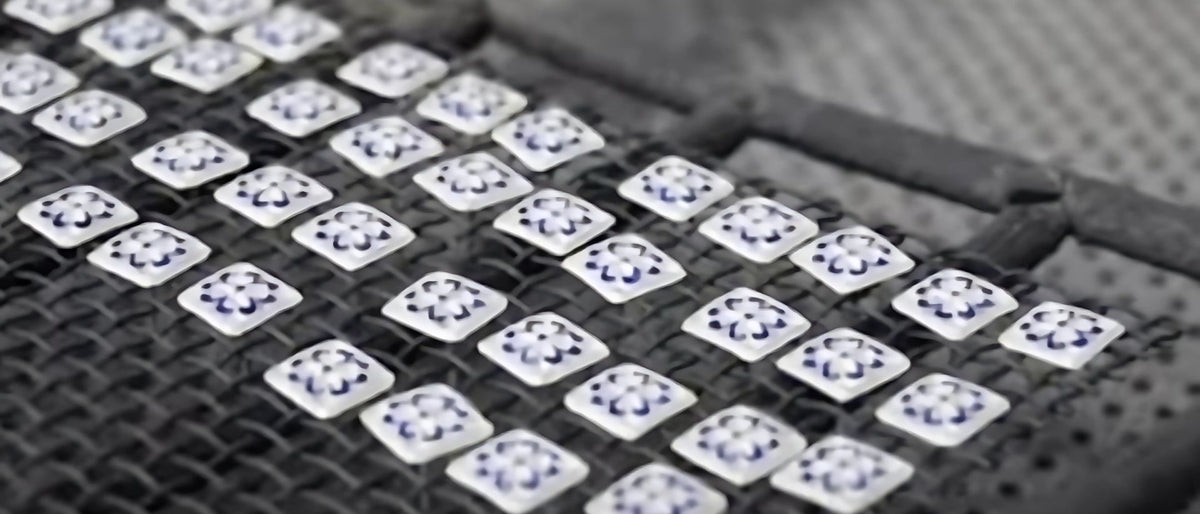

AZULEJO
Thin ceramic plates with one of the surfaces painted and glazed, of a single color or polychrome, simple or with complex designs have been used to cover walls and floors for millennia. Do you know its history in Portugal?
Earrings Caramujo in Gold Plated Silver
Necklace Caramujo in Gold Plated Silver
Ring Caramujo in Gold Plated Silver
Bracelet Caramujo in Gold Plated Silver
Earrings Heart of Viana Azulejo in Gold Plated Silver
Earrings Rhomb Caramujo in Gold Plated Silver
Necklace Heart of Viana Azulejo in Gold Plated Silver
Earrings Azulejo in Gold Plated Silver
Earrings Red Caramujo in Gold Plated Silver
Necklace Rhomb Caramujo in Gold Plated Silver
Necklace Red Caramujo in Gold Plated Silver
Necklace 5 Caramujos in Gold Plated Silver
Bracelet Caramujos in Gold Plated Silver
Earrings Caramujo Stud in Gold Plated Silver
Earrings Heart of Viana Azulejo in Silver
Ring Red Caramujo in Gold Plated Silver
Necklace Heart of Viana Azulejo in Silver
Necklace Our Lady of Conception in Gold Plated Silver
Earrings Caramujo XL in Gold Plated Silver
Earrings Caramujo Star in Gold Plated Silver
Necklace Caramujo in 19,2Kt Gold
Earrings White and Green Caramujo in Gold Plated Silver
Bracelet Red Caramujo in Gold Plated Silver
Earrings Green and Red Caramujo in Gold Plated Silver
Necklace 5 Red Caramujos in Gold Plated Silver
Necklace White and Green Caramujo in Gold Plated Silver
Necklace Heart of Viana Red Azulejo in Gold Plated Silver
Earrings Caramujo in 19,2Kt Gold
Necklace Green and Red Caramujo in Gold Plated Silver
Necklace Our Lady of the Rosary of Fátima Gold Plated Silver
Ring Heart of Viana Royal Blue in Gold Plated Silver
Earrings Heart of Viana Royal Blue in Gold Plated Silver
Ring Green and Red Caramujo in Gold Plated Silver
Earrings Heart of Viana Red Azulejo in Gold Plated Silver
Earrings Red and Green Caramujo in Gold Plated Silver
Ring Red and Green Caramujo in Gold Plated Silver
Earrings Heart of Viana Royal Blue in Silver
Necklace Red and Green Caramujo in Gold Plated Silver
Bracelet Red and Green Caramujo in Gold Plated Silver
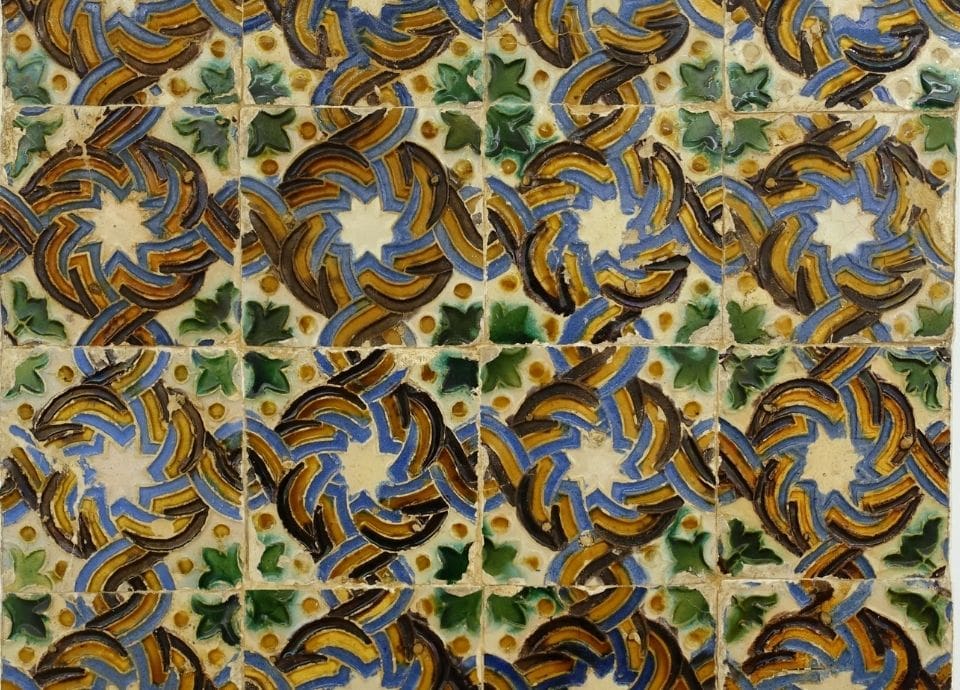
HISTORY OF THE AZULEJO
In the Iberian Peninsula, this art is driven from the 8th century with the Muslim occupation, using a rich chromatic and geometric composition.
In Portugal, from the end of the 15th century and the beginning of the 16th century, we will witness an increase in the use of these azulejos of Islamic inspiration in decoration of walls, both interior and exterior.
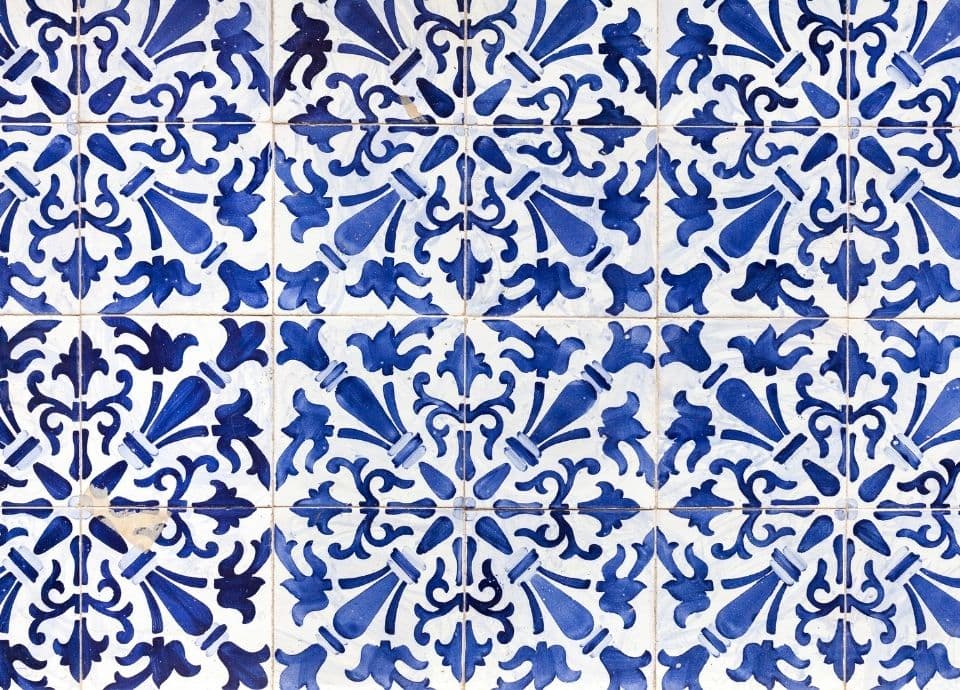
Throughout the 17th century, this art will also be influenced by azulejo imported from Spanish and Flemish workshops, using compositions with figures instead of traditional geometric patterns.
With the arrival of the Portuguese in the East, especially to China, the azulejos will also undergo changes in the sense of color, it is from this period that we inherited the taste for the famous cobalt blue.
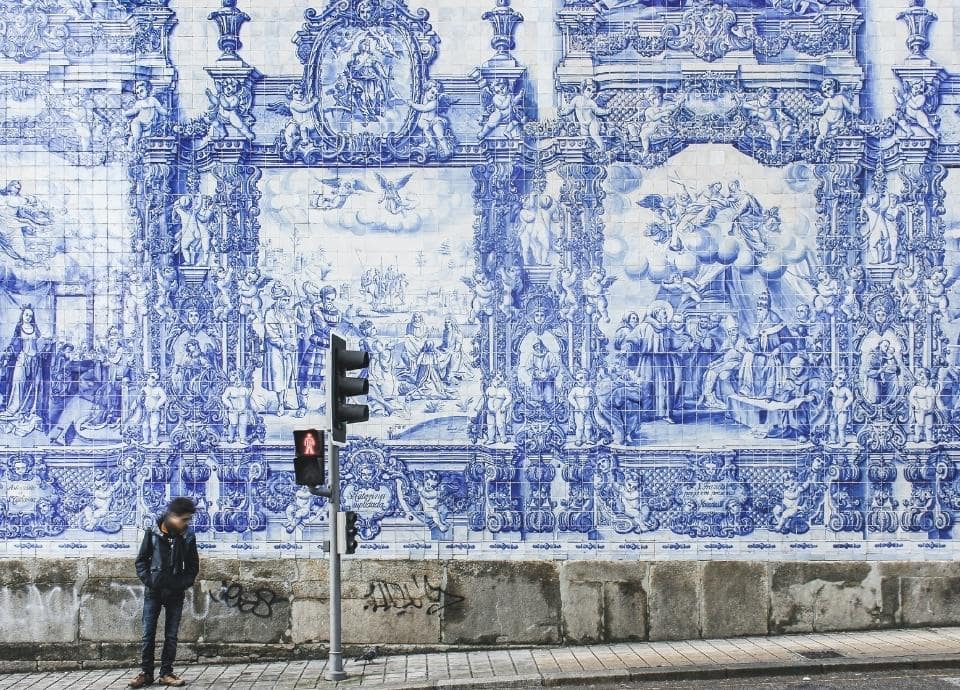
From the second half of the 17th century and throughout the 18th century, we will suffer the influence of Dutch azulejo, from which we import a lot.
From this moment on, wall covering will come to be considered as a real canvas. It is a time when painters specialized in the creation of azulejos.
And due to the influence of the Baroque, we will get used to seeing the use of carving in tiles, so characteristic of that time, serving as a frame for the represented scenes.
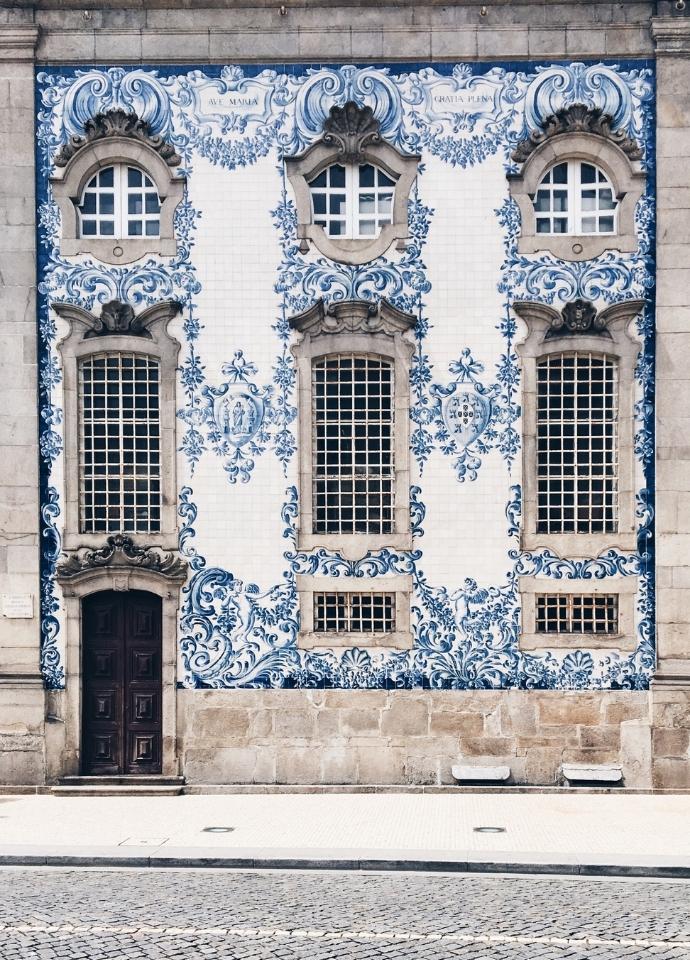
The use of azulejos spread to all kinds of buildings, and can be found in noble and royal palaces, town halls, churches and convents, and bourgeois houses.
In the 19th century we saw a new use of azulejos. They are also used as advertising on stores and restaurants fronts.
And from the 20th century to today, we can admire them in public spaces such as metro stations or garden walls.
Leaving aside the geometric patterns, the themes depicted on azulejos are as diverse as those found in painting.
Scenes from biblical and hagiographic episodes, representations of battles important to the history of Portugal, hunting scenes or courtly leisure are just a few examples.
Not to mention episodes from Greco-Roman mythology or allegories of human virtues and emotions.
THE ART OF DETAILS
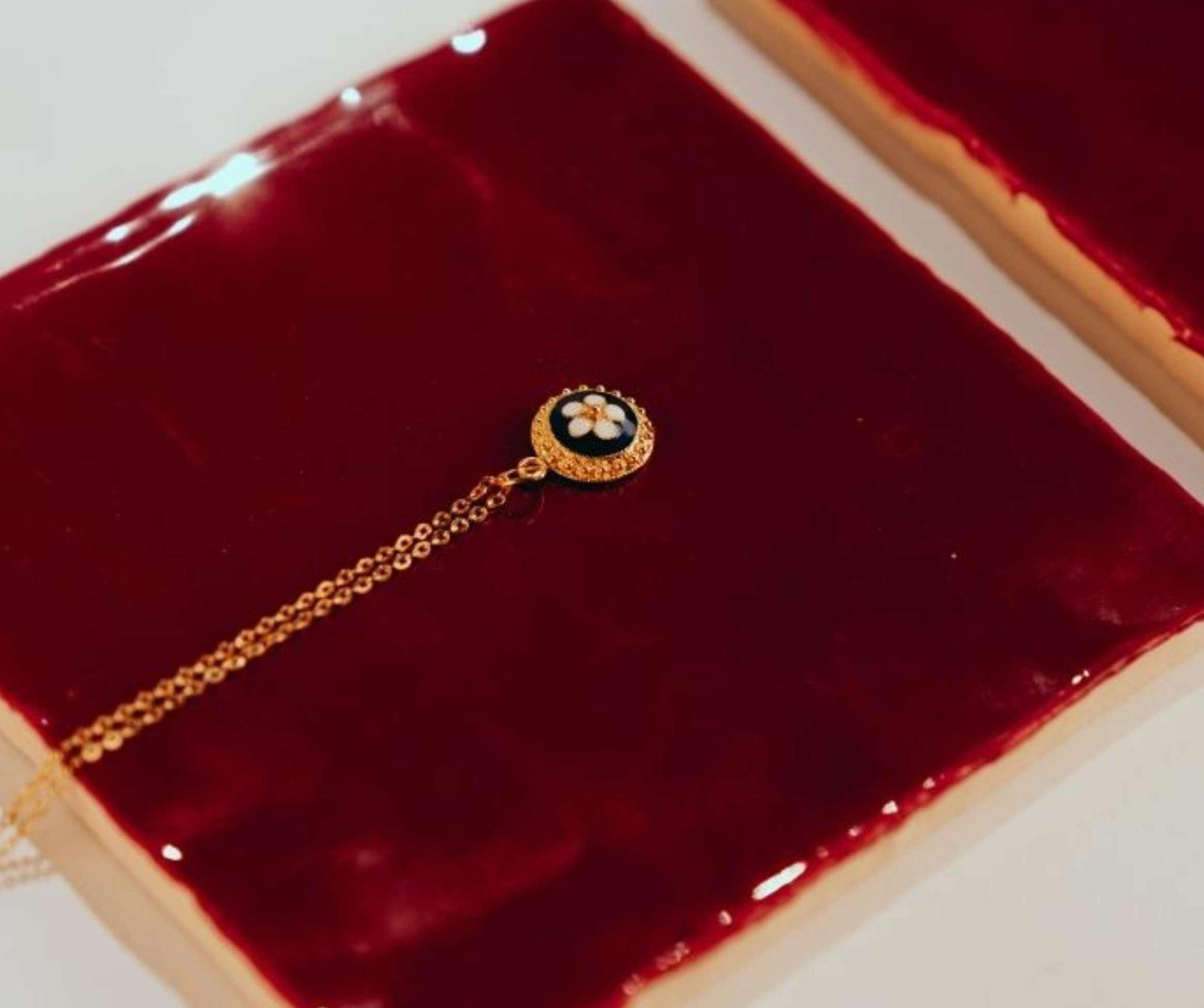
AZULEJO IN 19.2KT GOLD
The Portuguese Gold Collection, made in 19.2Kt gold, is a selection of traditional Portuguese jewelry. Portuguese gold is among the purest in the world and is certified by the Portuguese Mint Office.
Discover our 19.2kt Gold Azulejo jewels.
At Portugal Jewels we transmit this whole tradition through the alliance of two of the techniques that are most dear to us, the elegance of the delicate filigree and the rich color of the enamels applied by hand.


